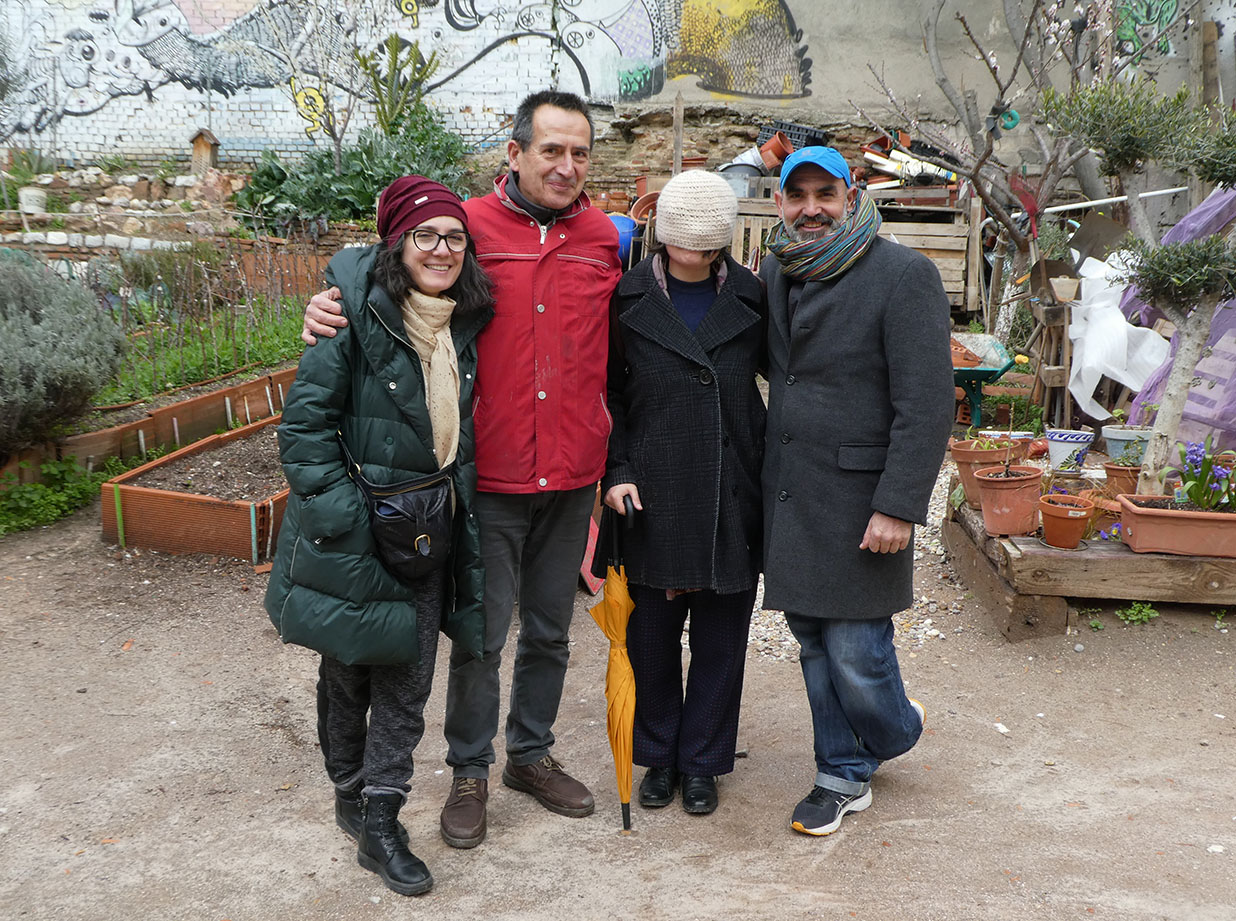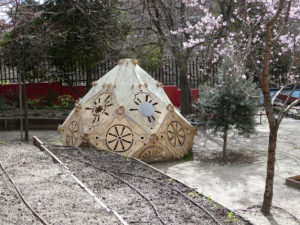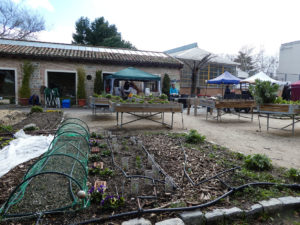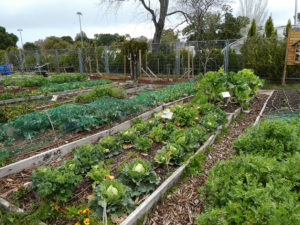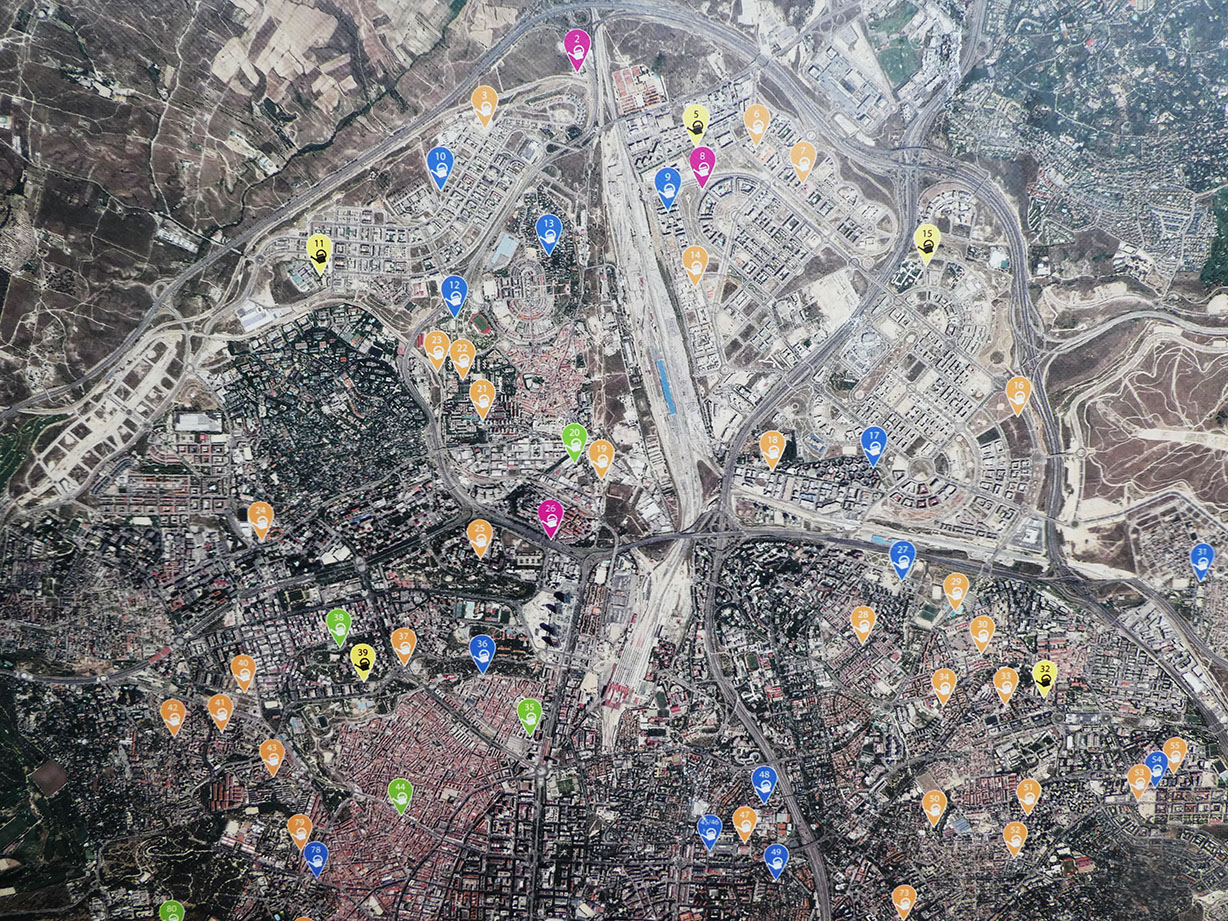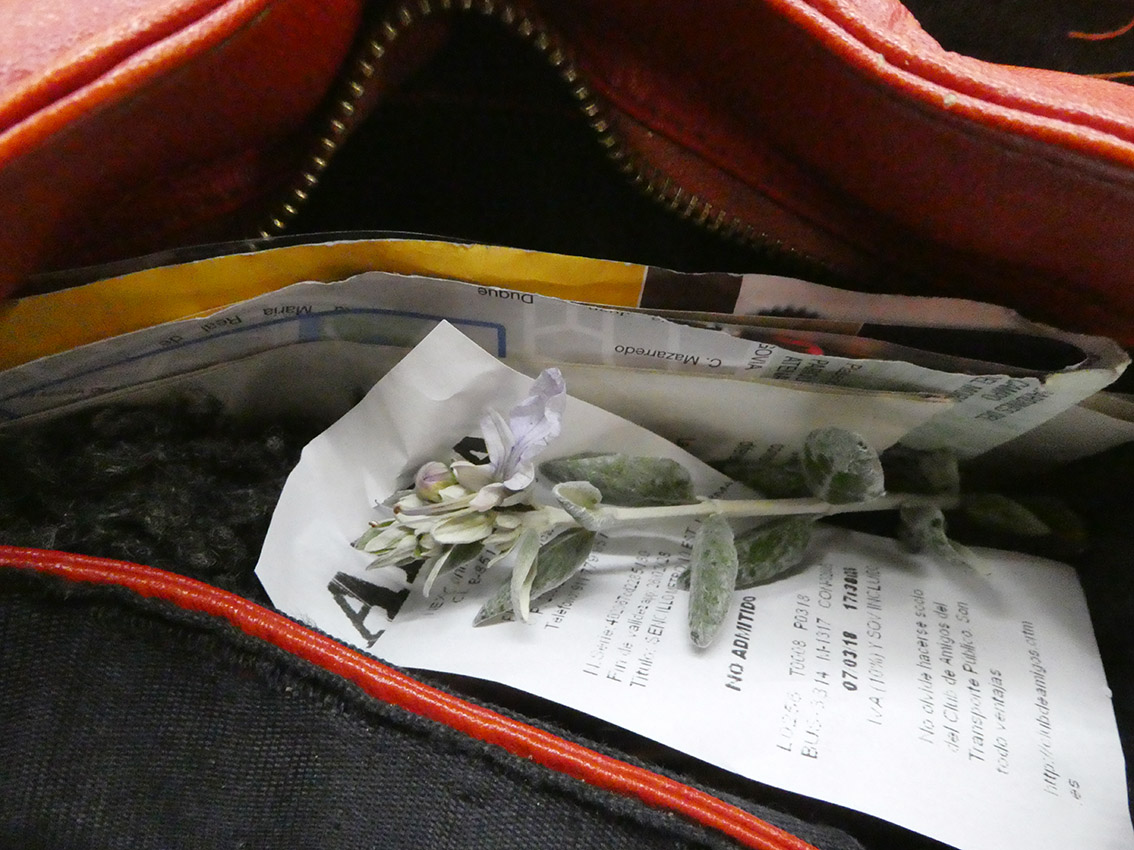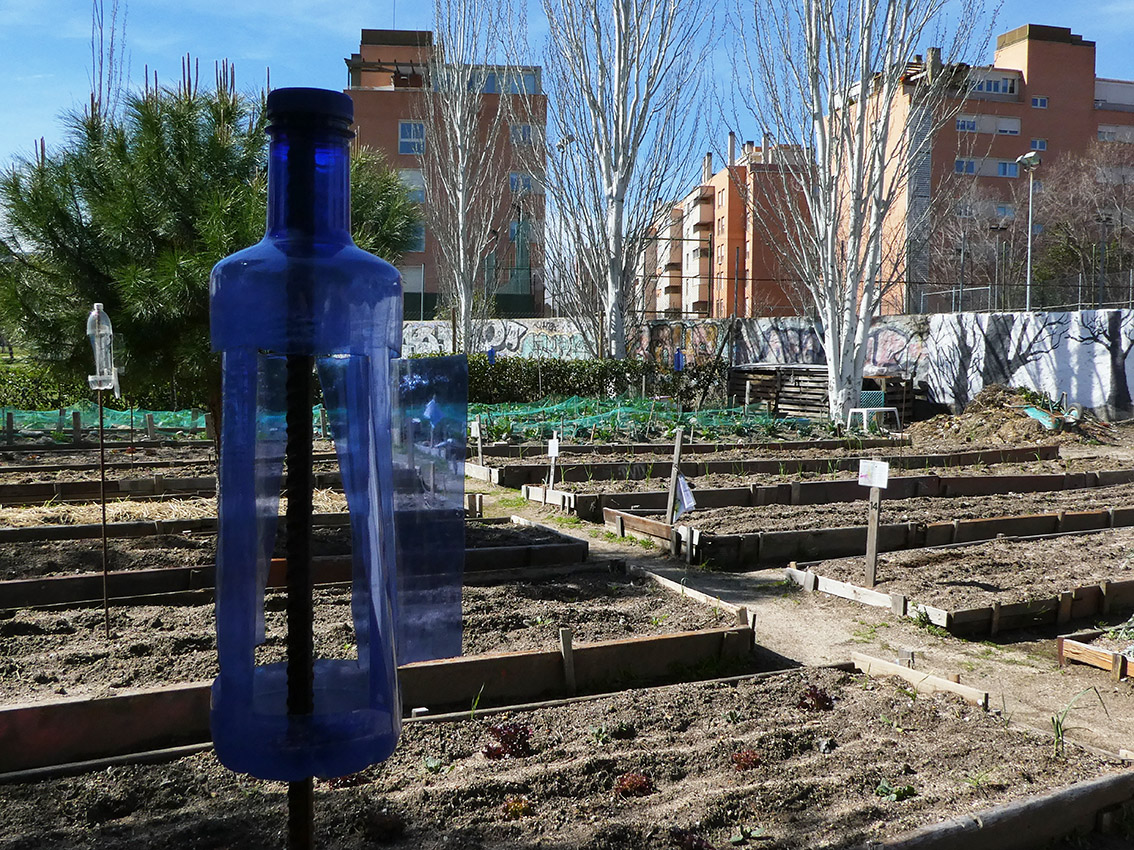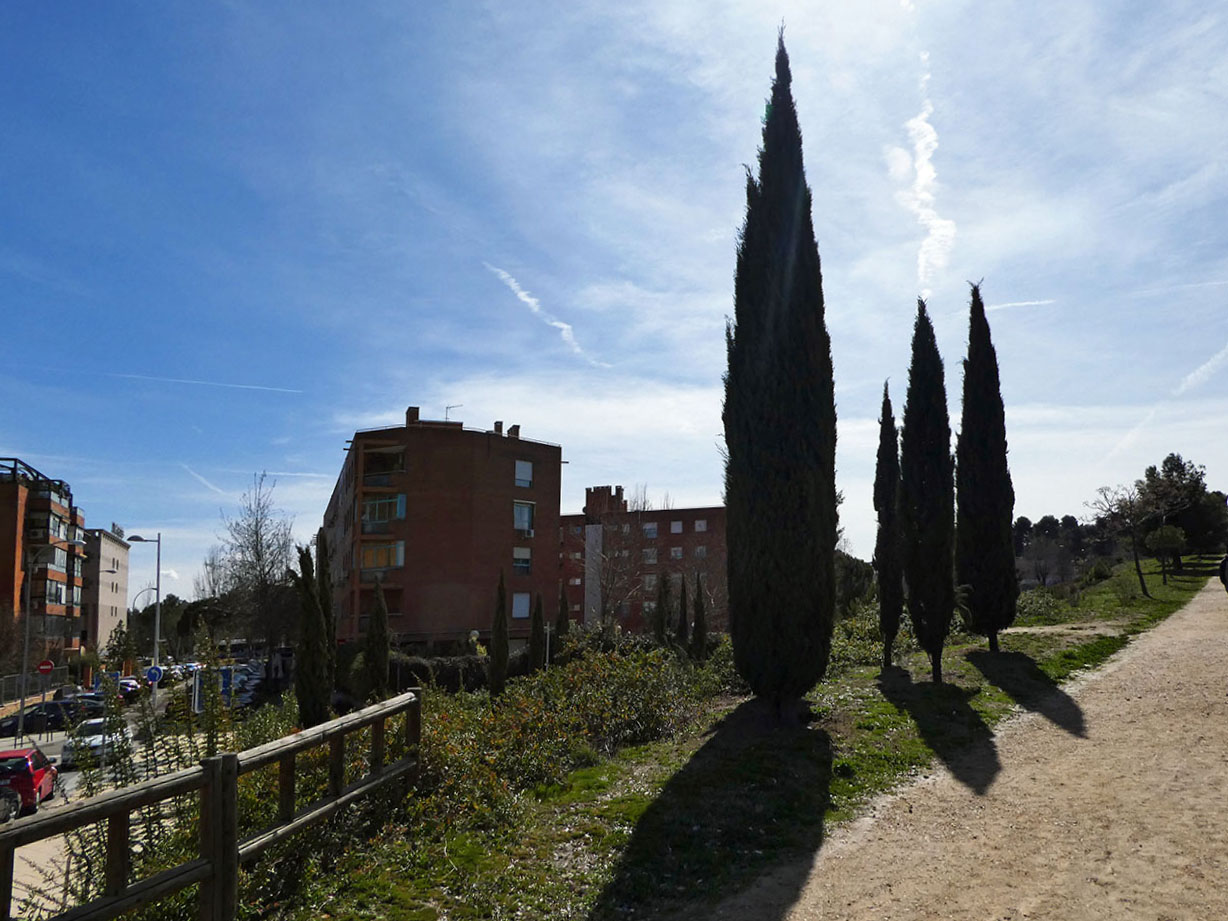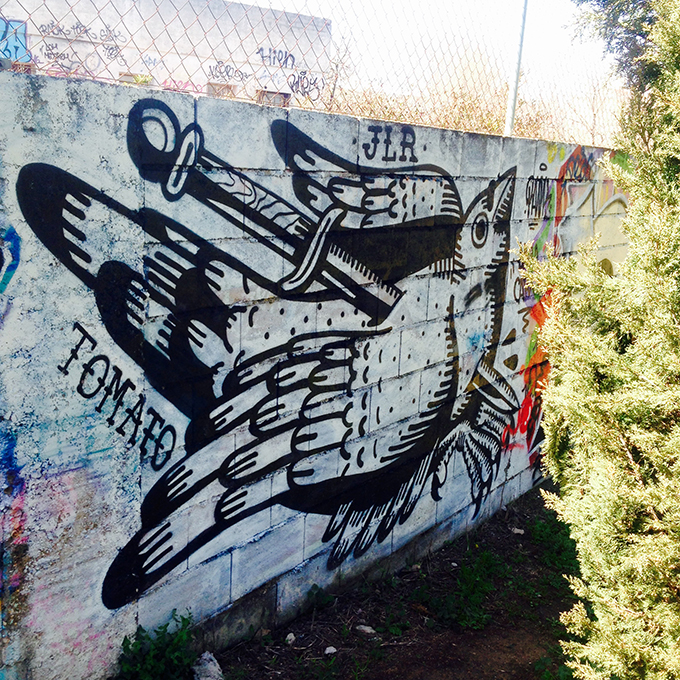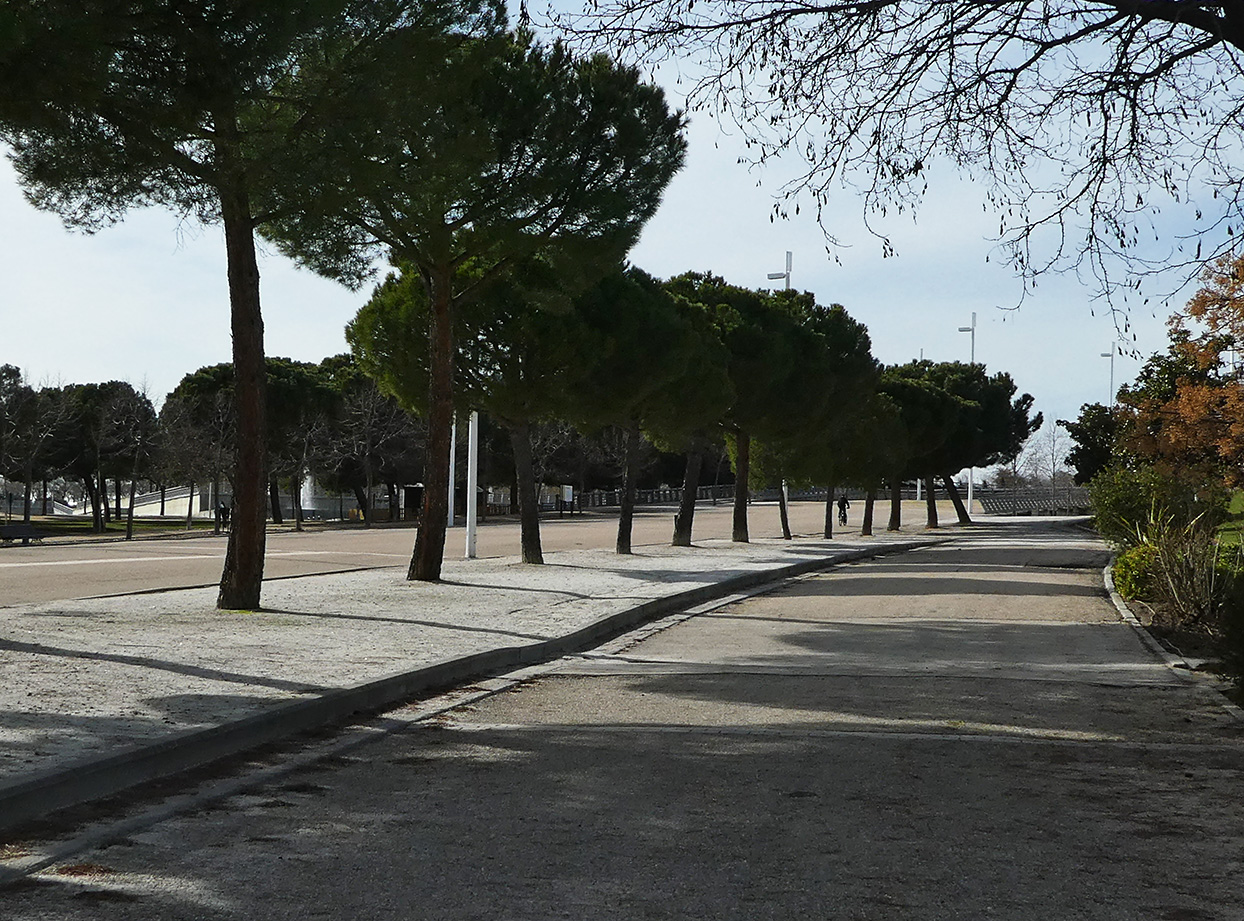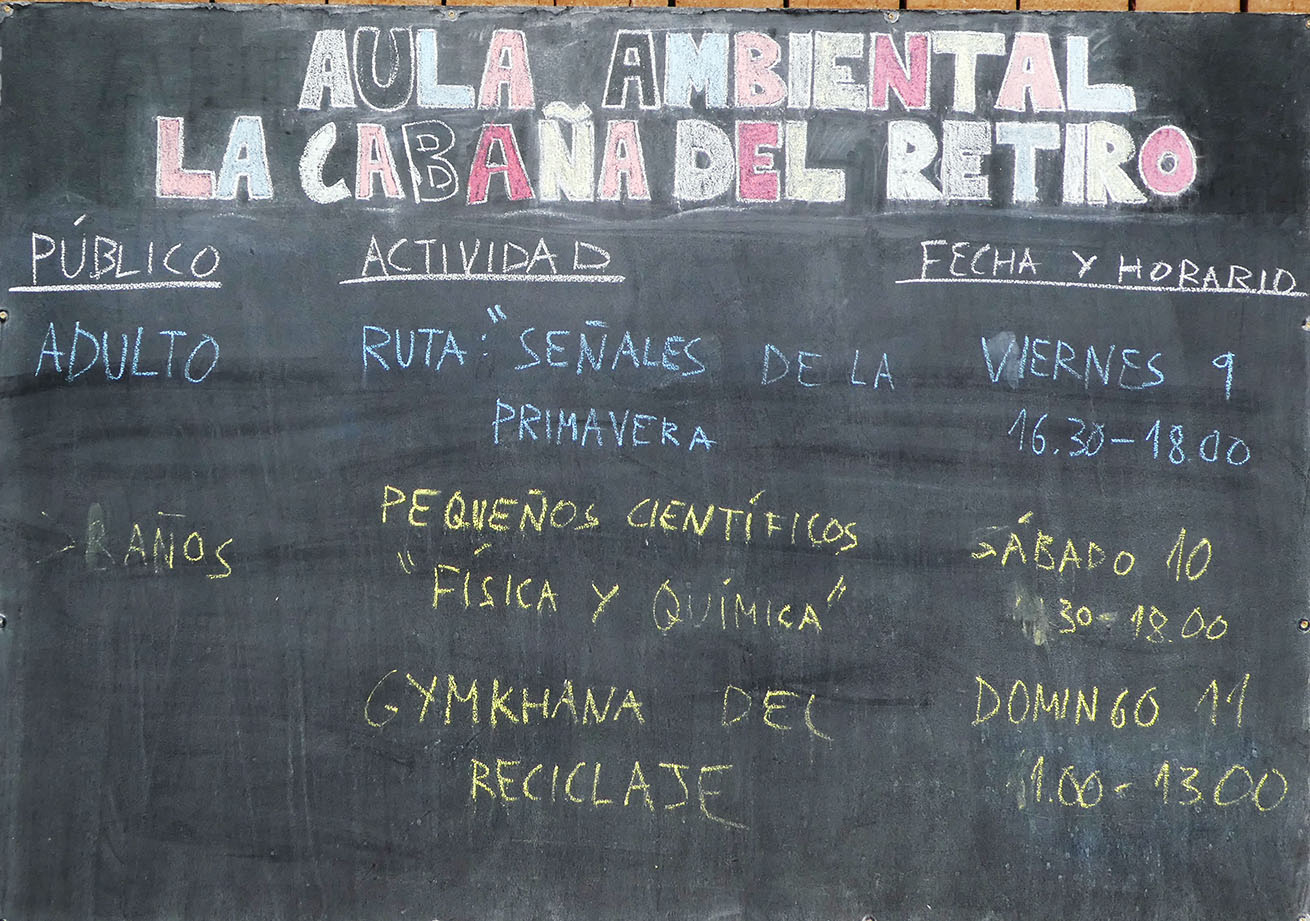
11. März 2018. I meet Daniel Sigler at the Casa Encendida where he reads silently the El Pais while I discuss the (then) future Datscha Radio with the Radio Hortelana ladies Elena and Carolina. It is the day of the agricultural market in the Retiro Park, so after a quick side trip to Esta es Una Plaza, Daniel and I walk up to the park. He carries a huge umbrella that provides also a bit of shelter for the microphone that I had to switch on as we „talk garden“ for most part of our conversation already. Daniel is one of the foundesr of „La Cabaña del Retiro“, a „garden in the garden“, a place for horticultural education, self empowerment, and spiritual well-being. He is also a teacher of Shia-tsu, and his views on the corporeal and spiritual elements in gardening are well-grounded and for a great part based on Eastern philosophy and medicinal knowledge.

Daniel Sigler
The Cabaña was started about 14 years ago with a handful of volunteers from the surrounding neighborhood. From 60 m2 it was continually extended over the years and spans now more than 145 m2 situated on the eastern flank of the park. Currently there are up to 20-30 people regularly tending the garden and/or taking part in the multitude of activities offered within the frame of the Cabaña’s educational programs. Daniel teaches the art of holistic gardening, with a strong focus of inclusion, ecological education and self empowerment. All materials come from recycling and/or left-overs from other building activities in the Retiro: Boards, stones, sand and soil. The garden paths between the plots are wide enough to be accessible for people in wheelchairs, there are spaces for communication (“The lover’s meeting point”), meditation (a geodetic dome) and teaching (inside the actual house). A path leads up the terraces to a scenic lookout over the garden grounds.
The Cabaña belongs, like all other gardens I have been to, to the Red de los Huertos Communitarios, the Madrid network of urban gardens. The „Aula Ambiental“, the place’s „ecological classroom“ forms the offers courses and workshops on plant care and environmental awareness for children and adults alike. In addition, there are periodical invitations to conferences and excursions to natural spaces and environmental facilities.
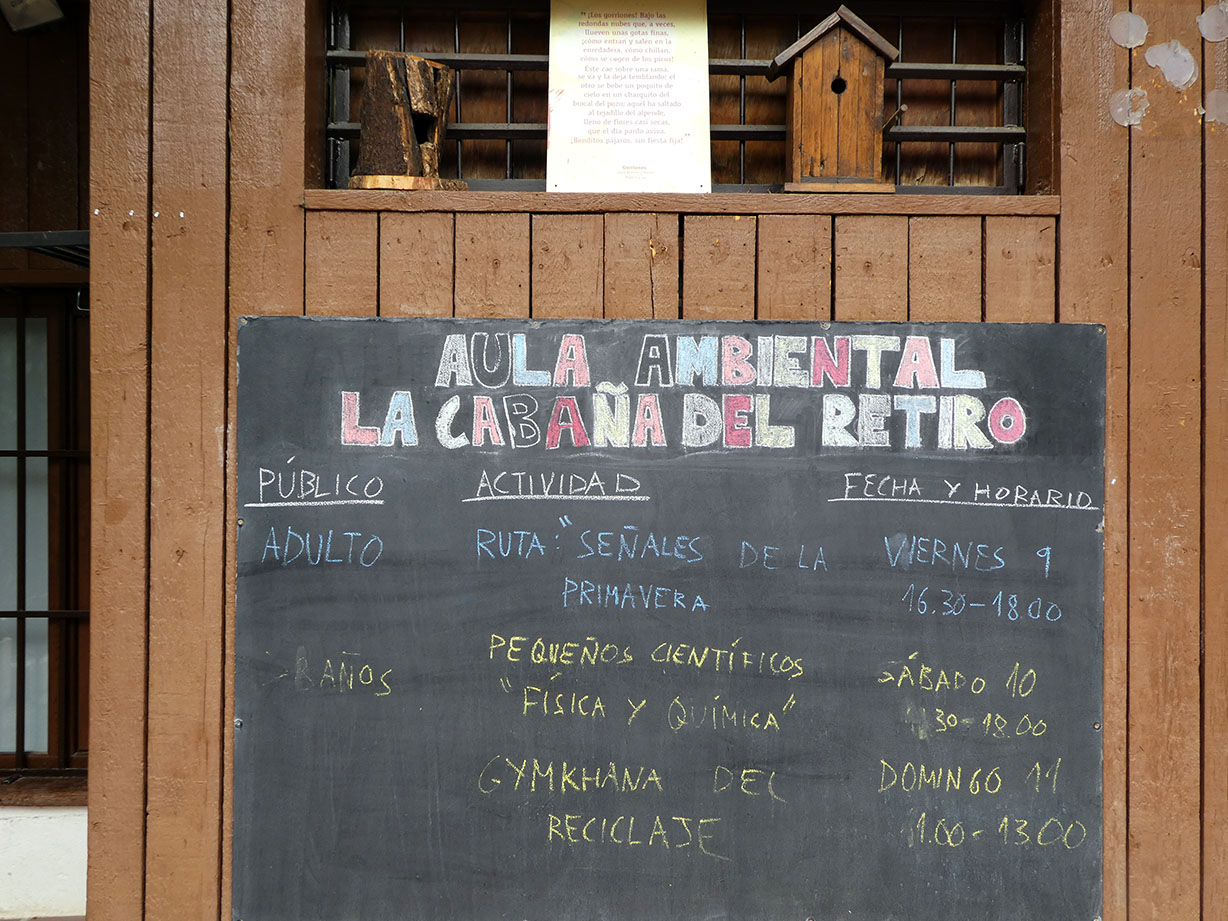
Entrance of Cabaña

Still life in Cabaña
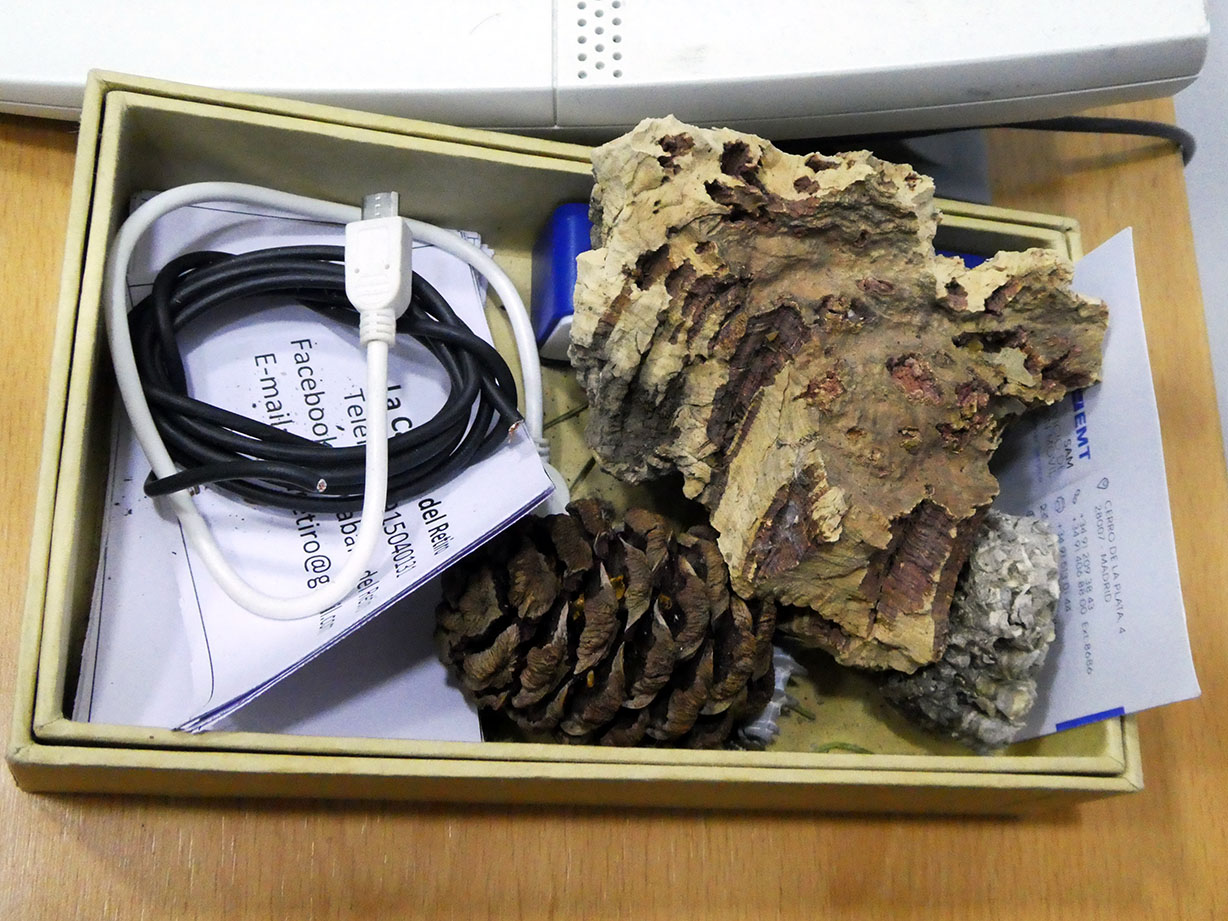
Still life in Cabaña (educational)
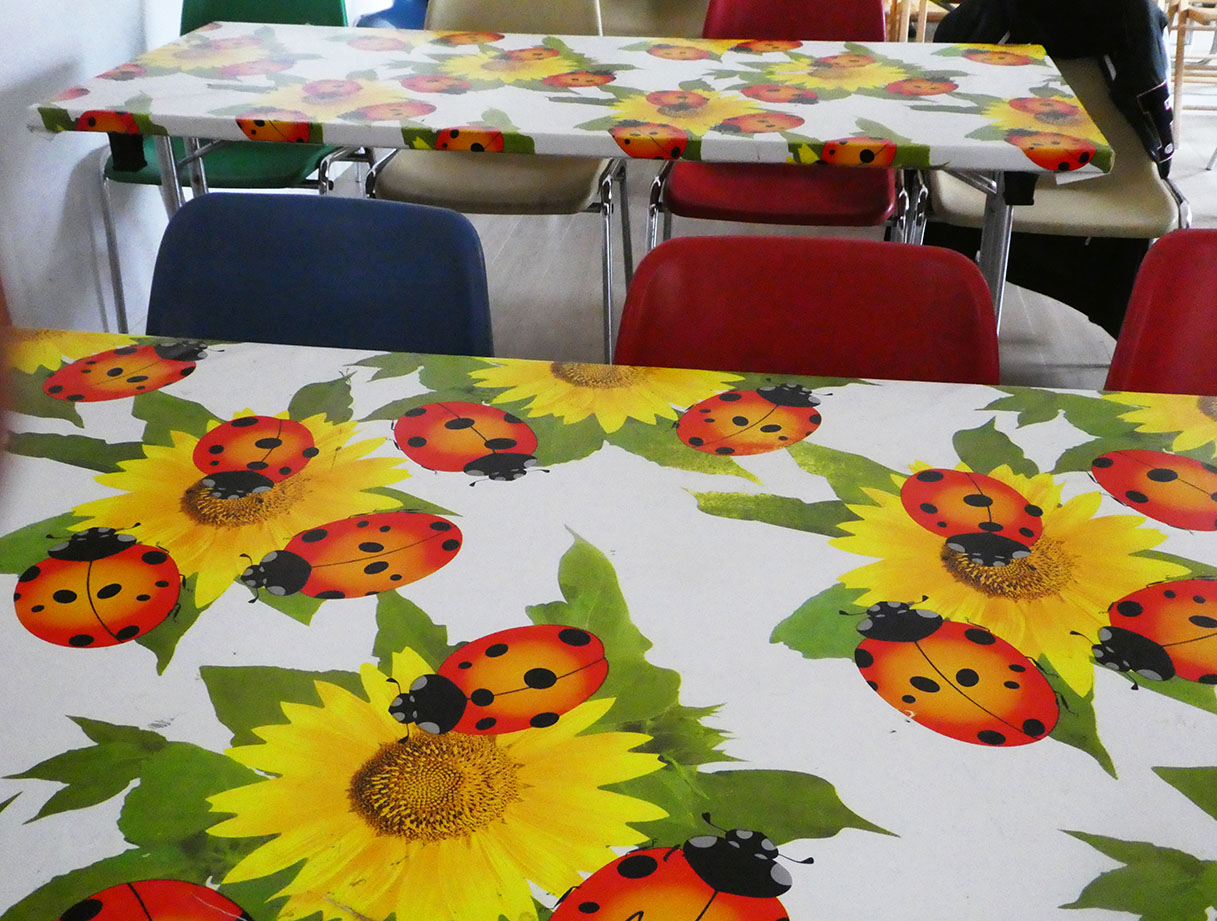
Where you can learn
While we walk on the paths I notice that there are more „ornamental flowers“ present than formerly encountered in other urban gardens. „No, we don’t ban flowers from our garden“, says Daniel. The practical and the beautiful both serve the environment, be it animals or humans.“ While he picks some salad for the market I take my documentary pics. It is almost 3 in the afternoon on our arrival at the market of the „El Huerto del Retiro“, a more „classical“ urban garden by way of its organization and horticultural lay-out (plus the biggest insect hotel i have ever seen). Alas, the market stalls are almost deserted by now (Spanish people don’t like the rain)! There is craft beer, organic cheese and honey. There is or was still more, yet i admit, I was very hungry by that time and needed a meal more than anything else…
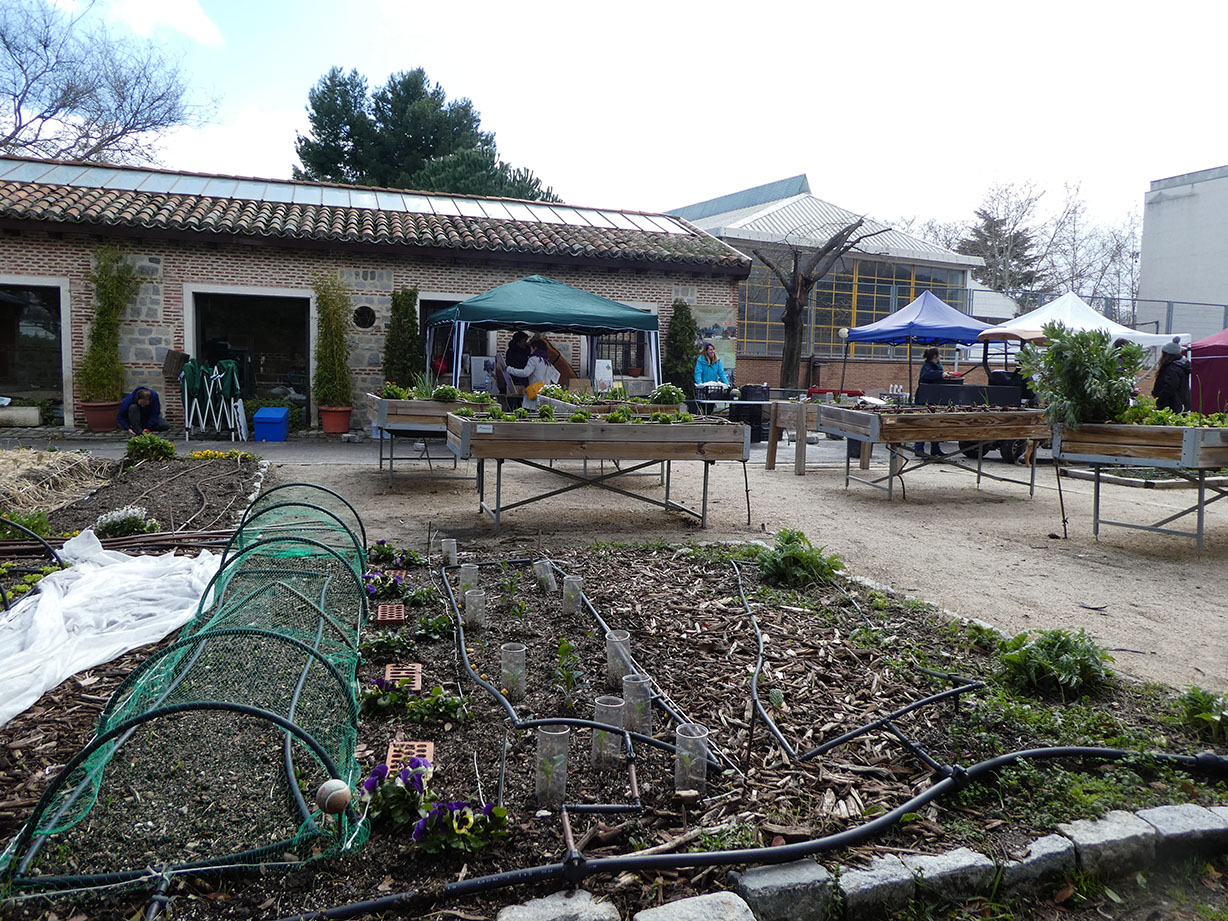
View from enjoying a craft beer
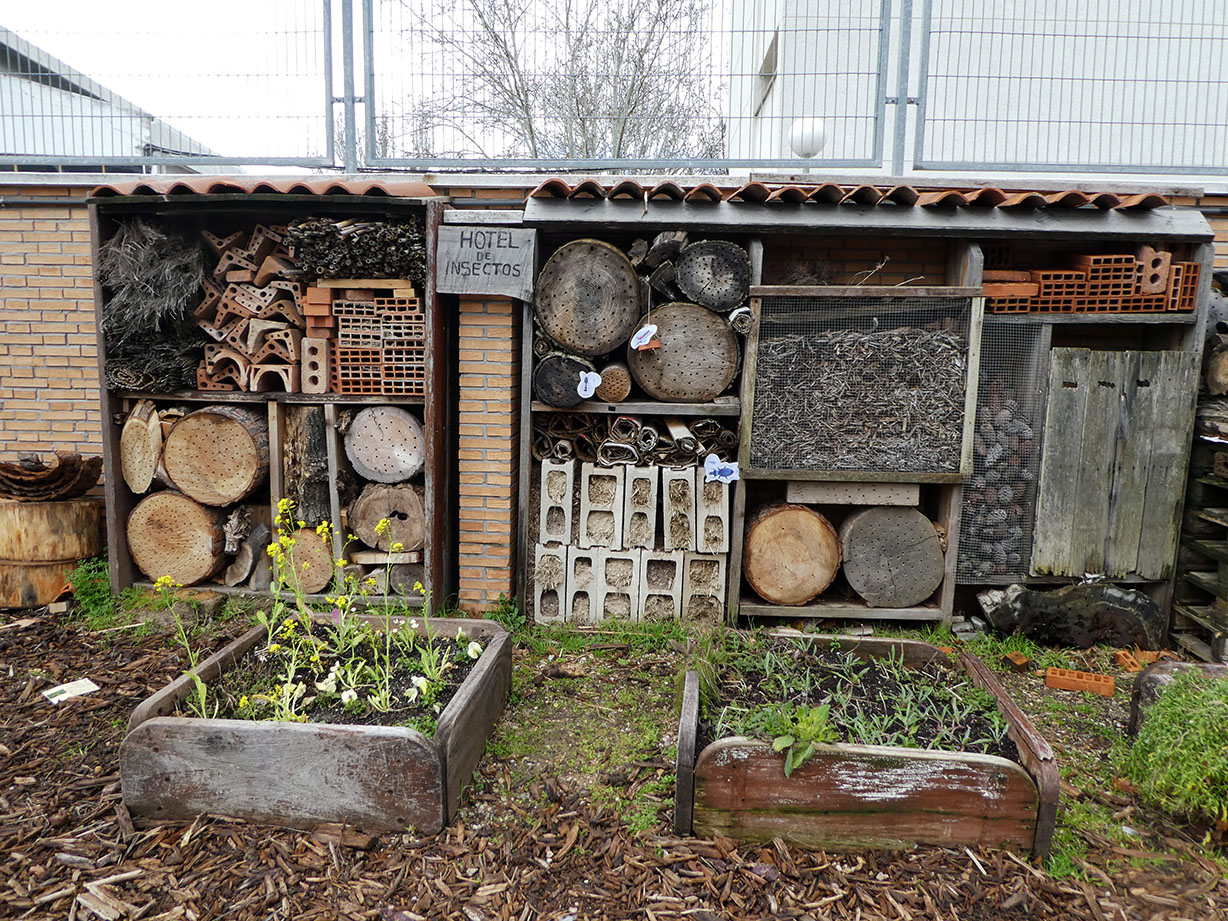
XXXL Insect hotel
On our way to this huerto we passed some bellis growing next to some daisies in the grass. Those seeds got carried over the fence from the community garden, says Daniel. Later I look at the Madrid map of urban gardens: Somehow, I find, there is a resemblance…
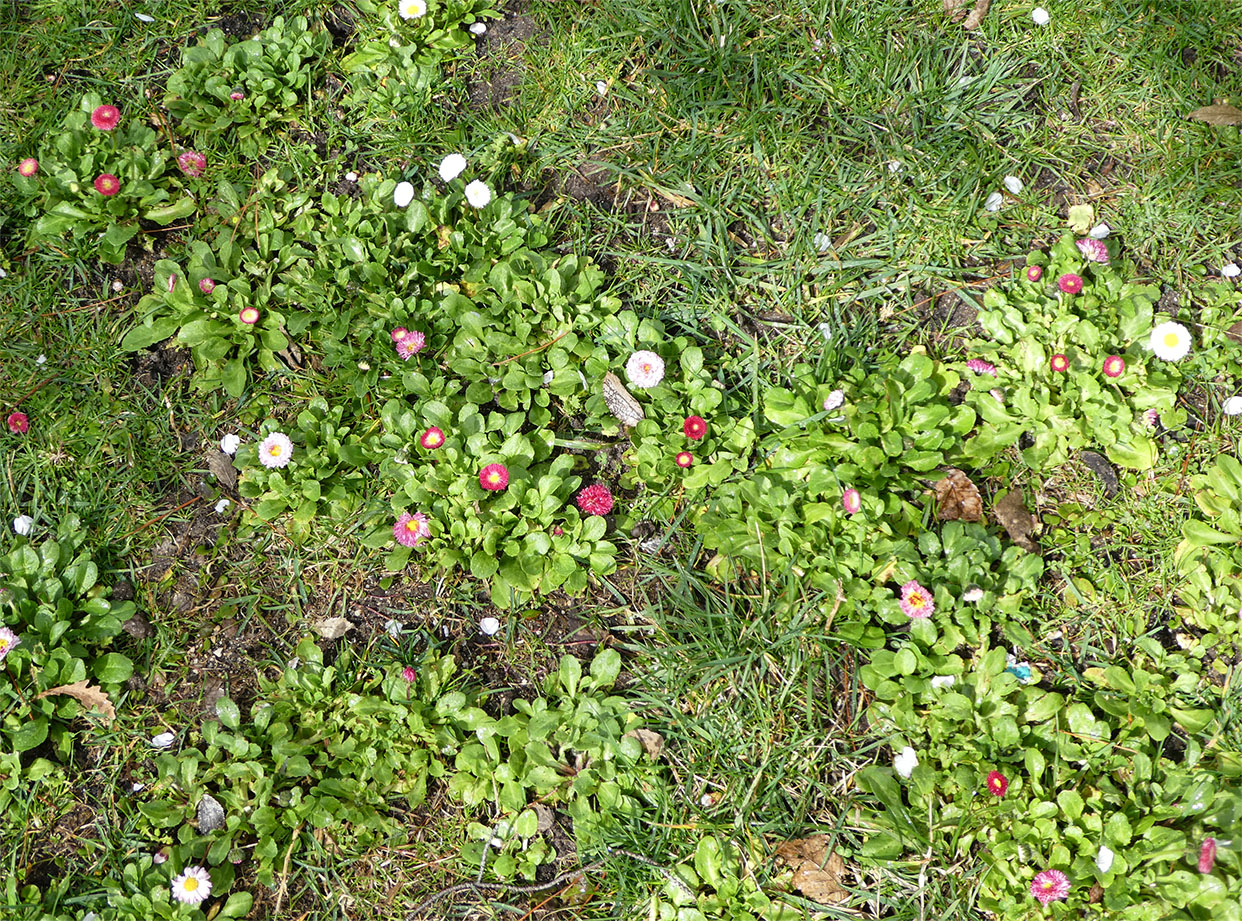
Daisies and bellis
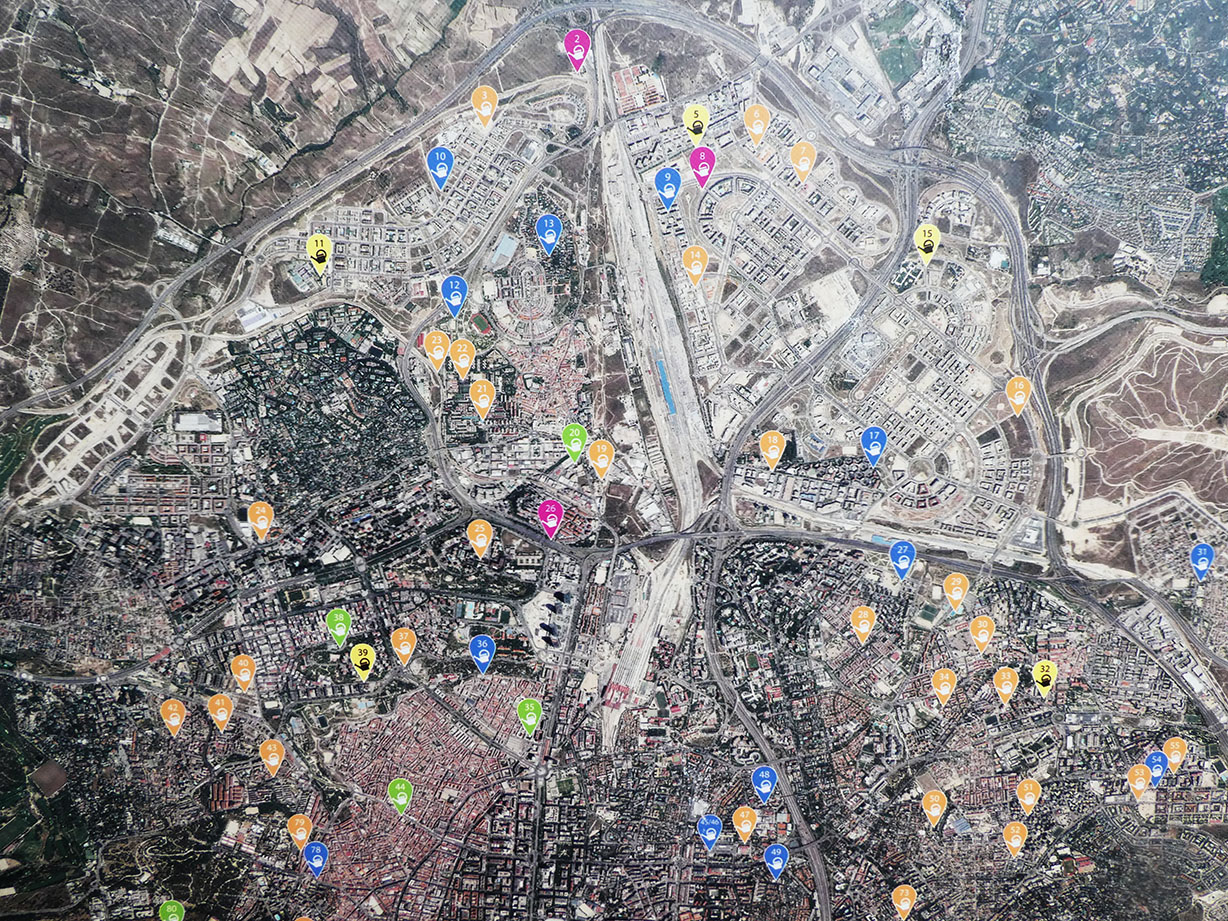
Map urban gardens Madrid
Read More










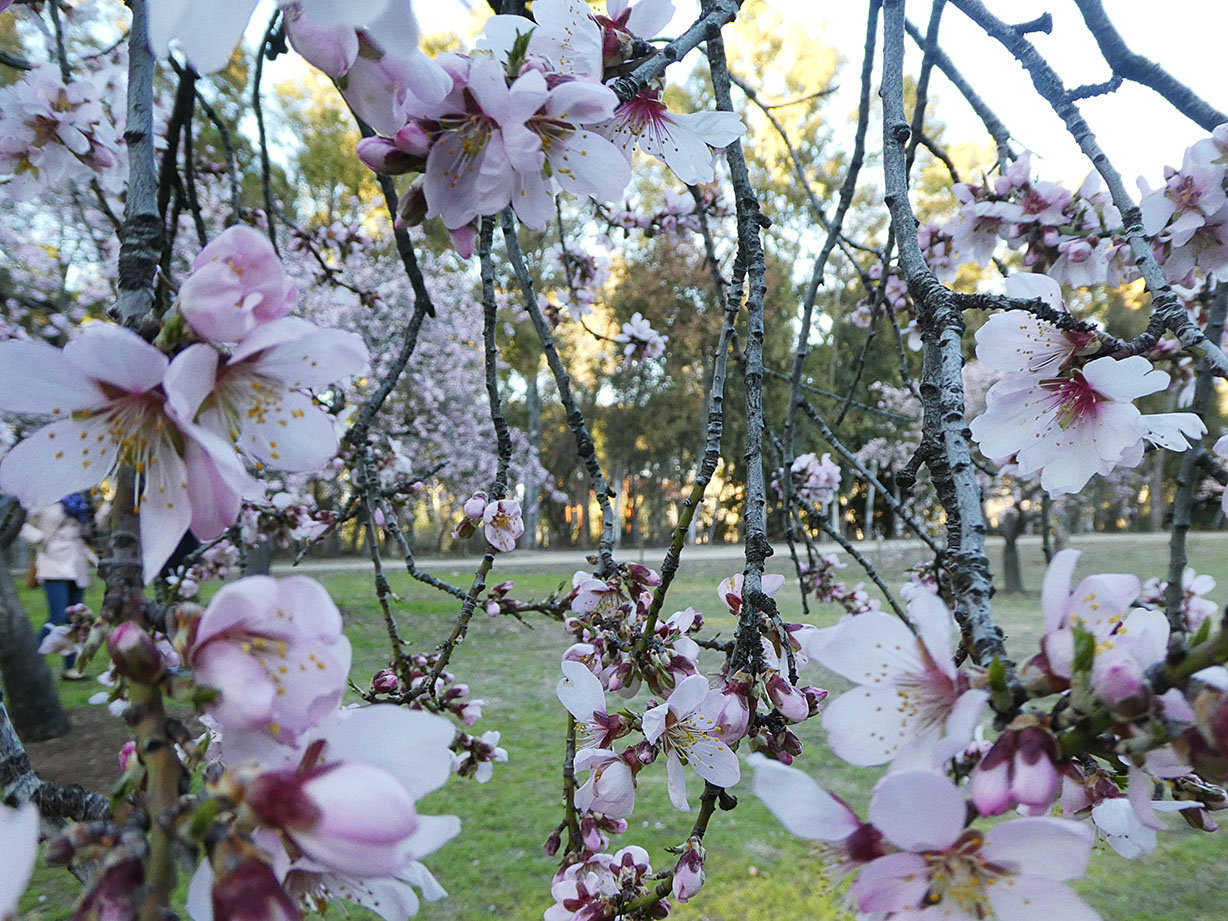



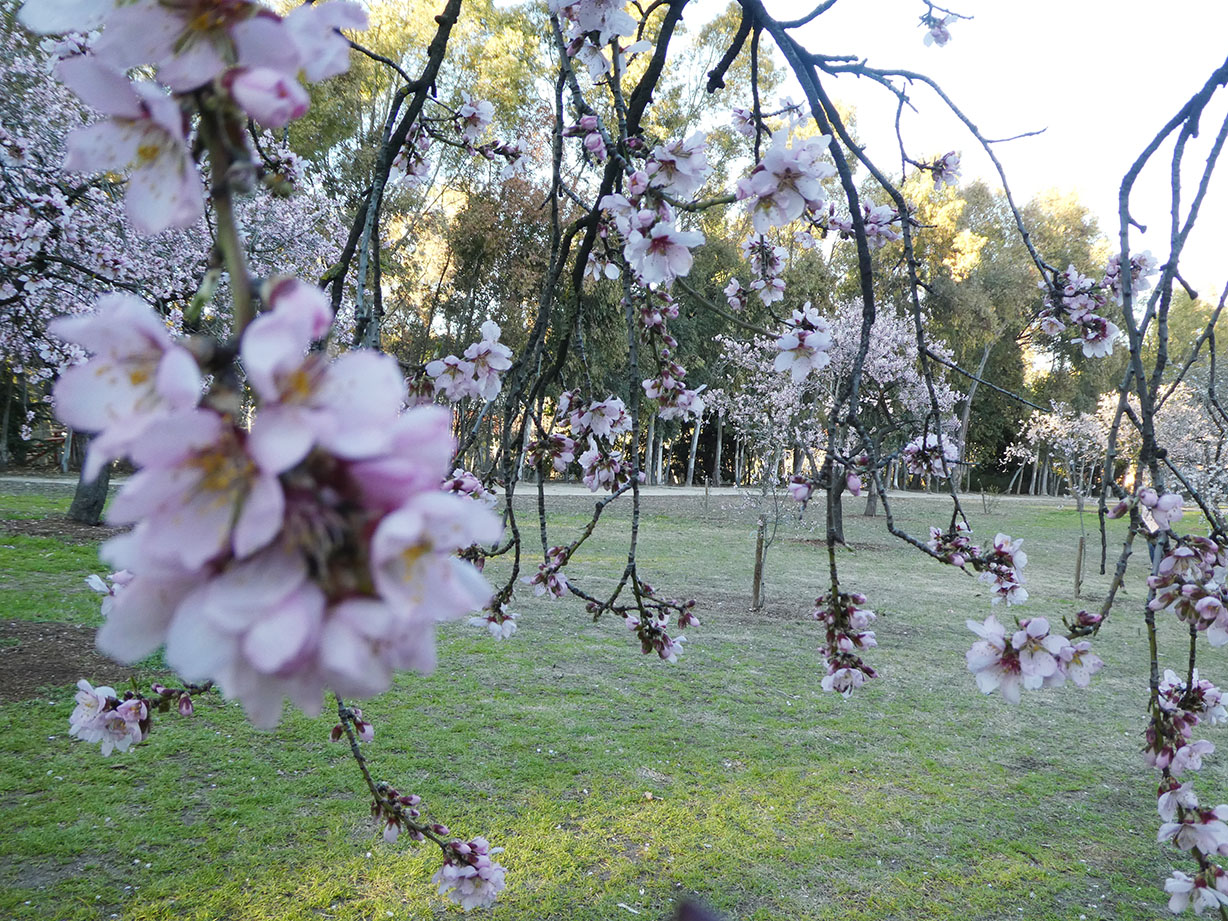
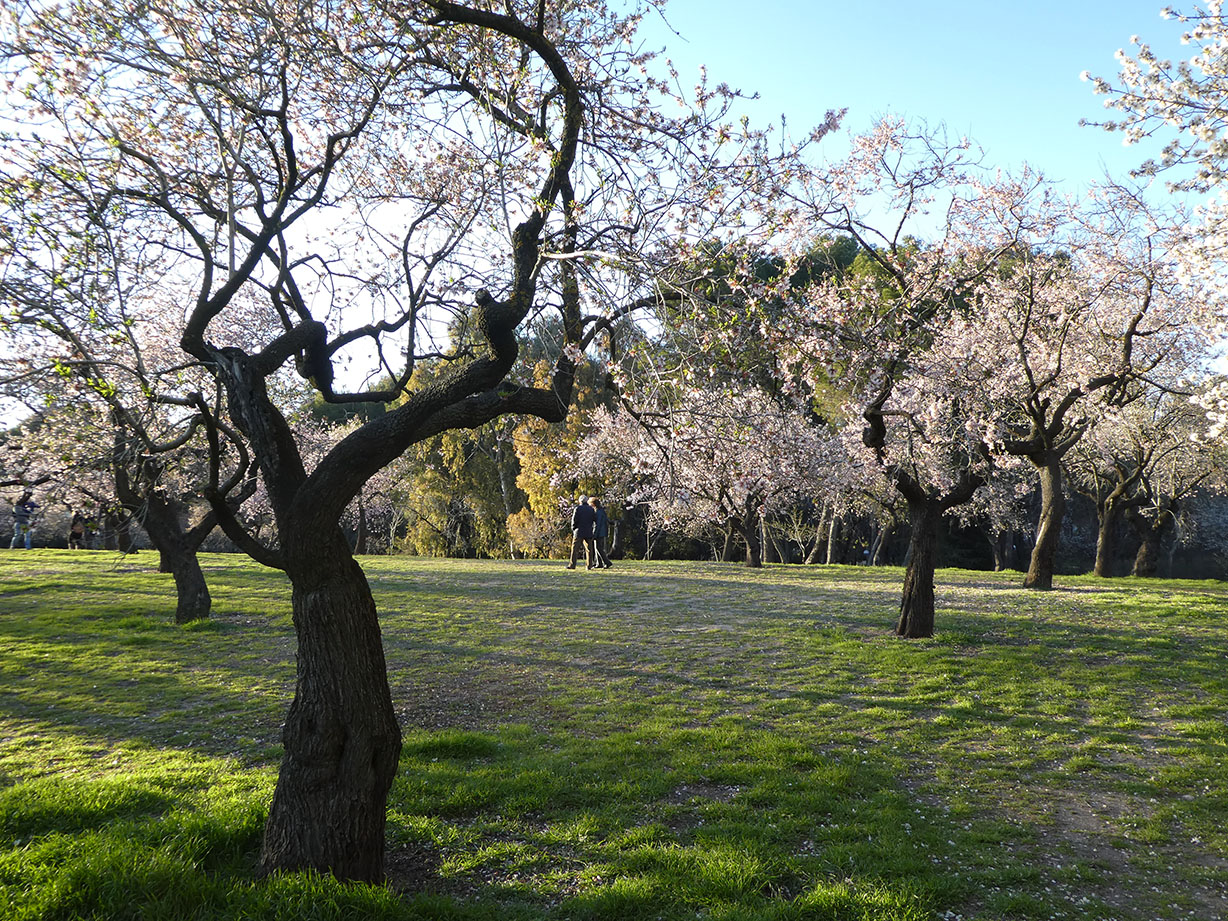
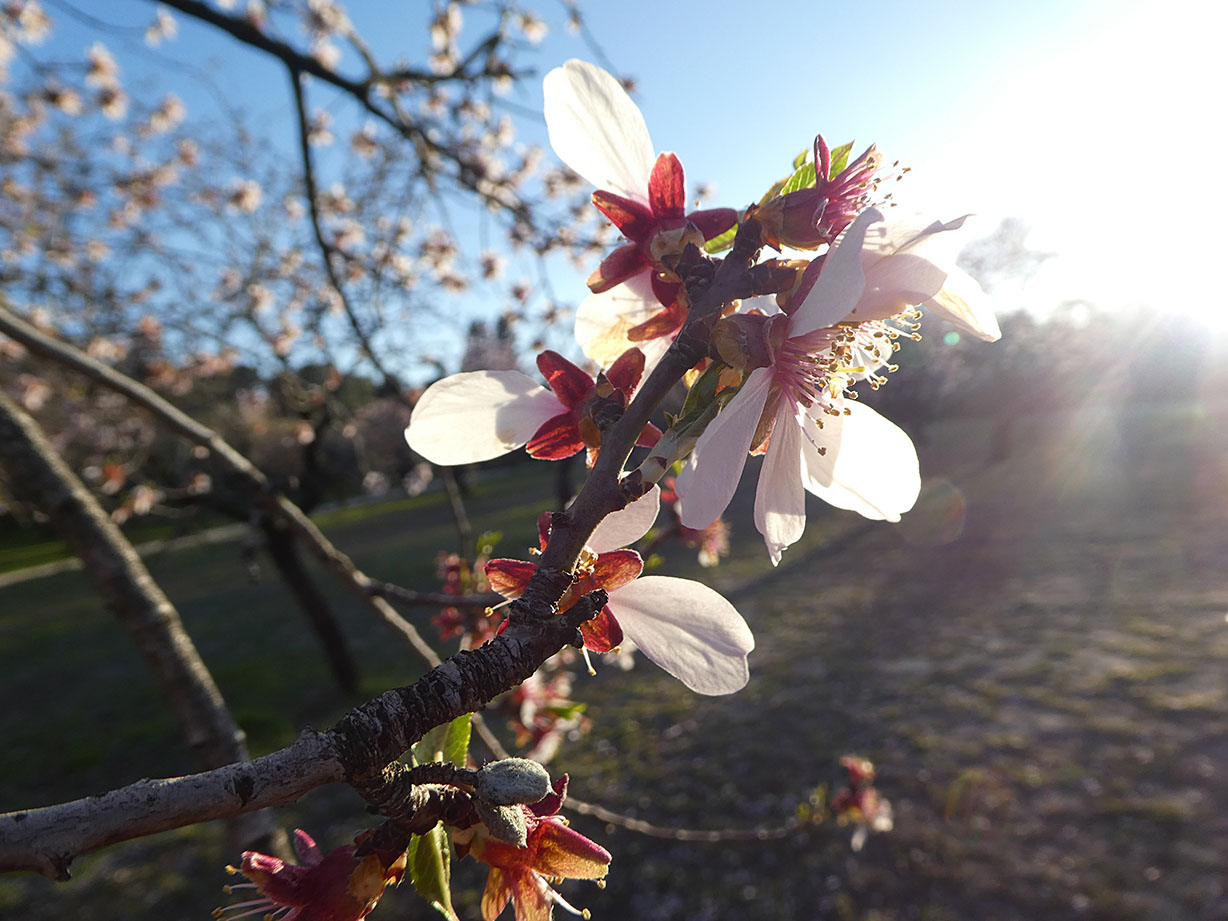
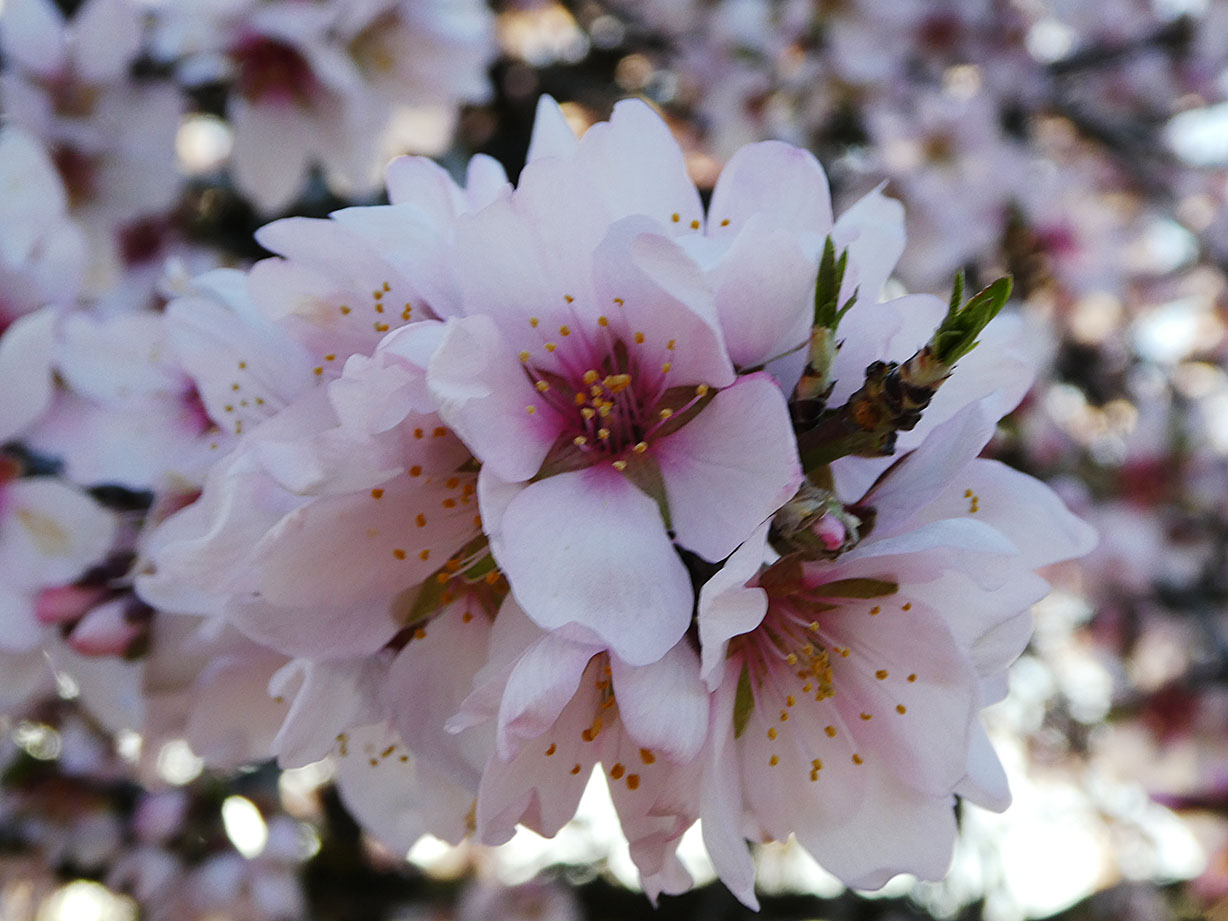
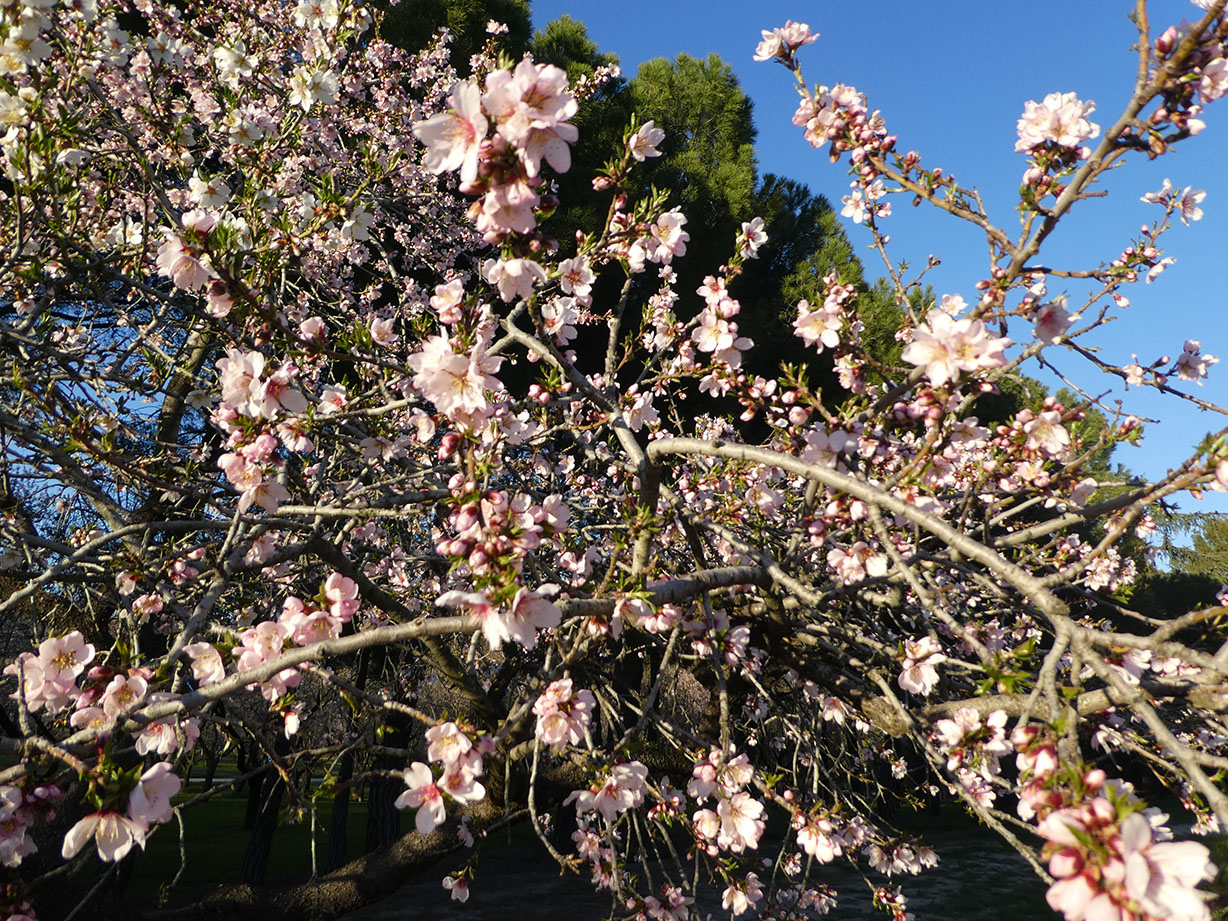
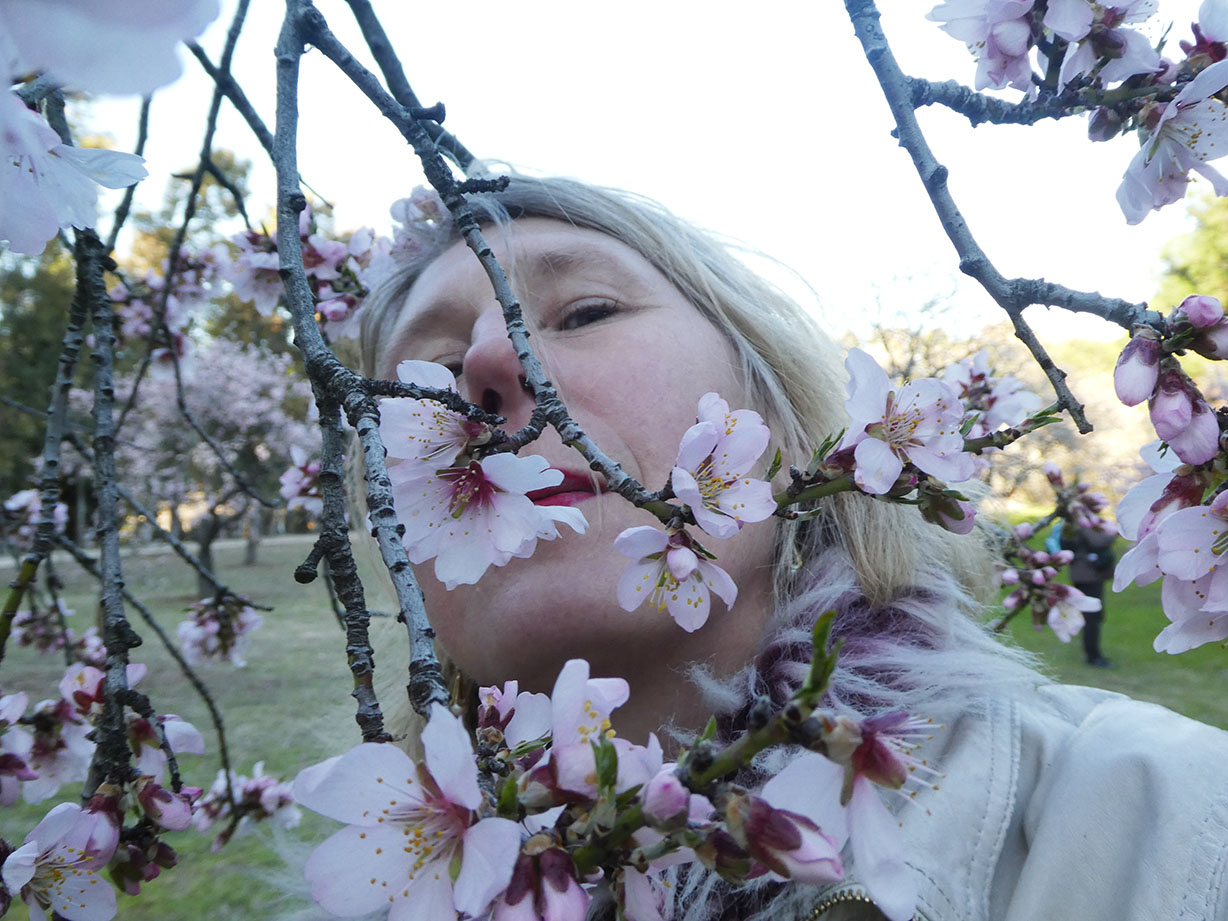
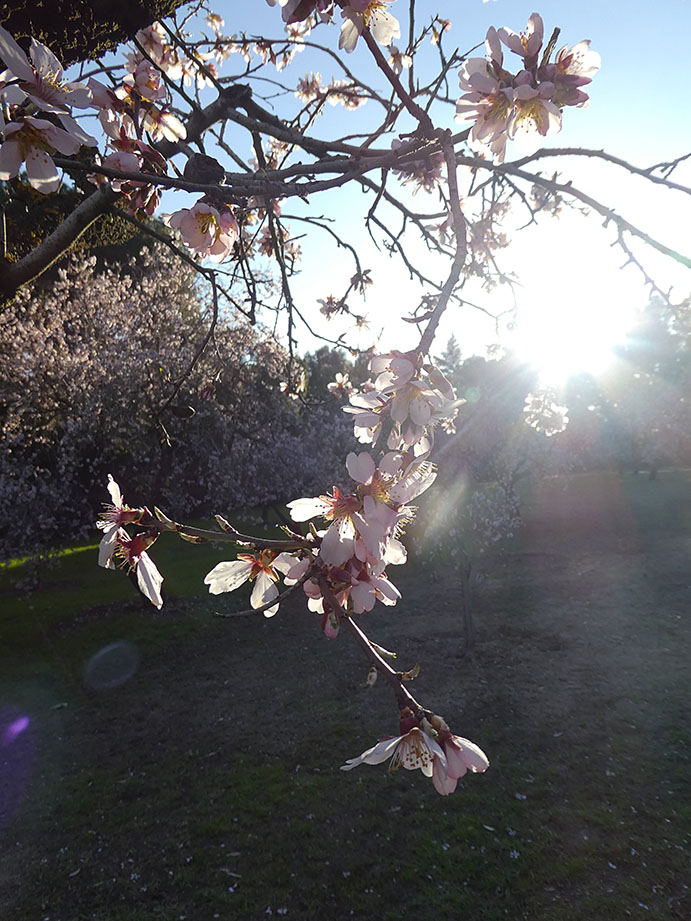
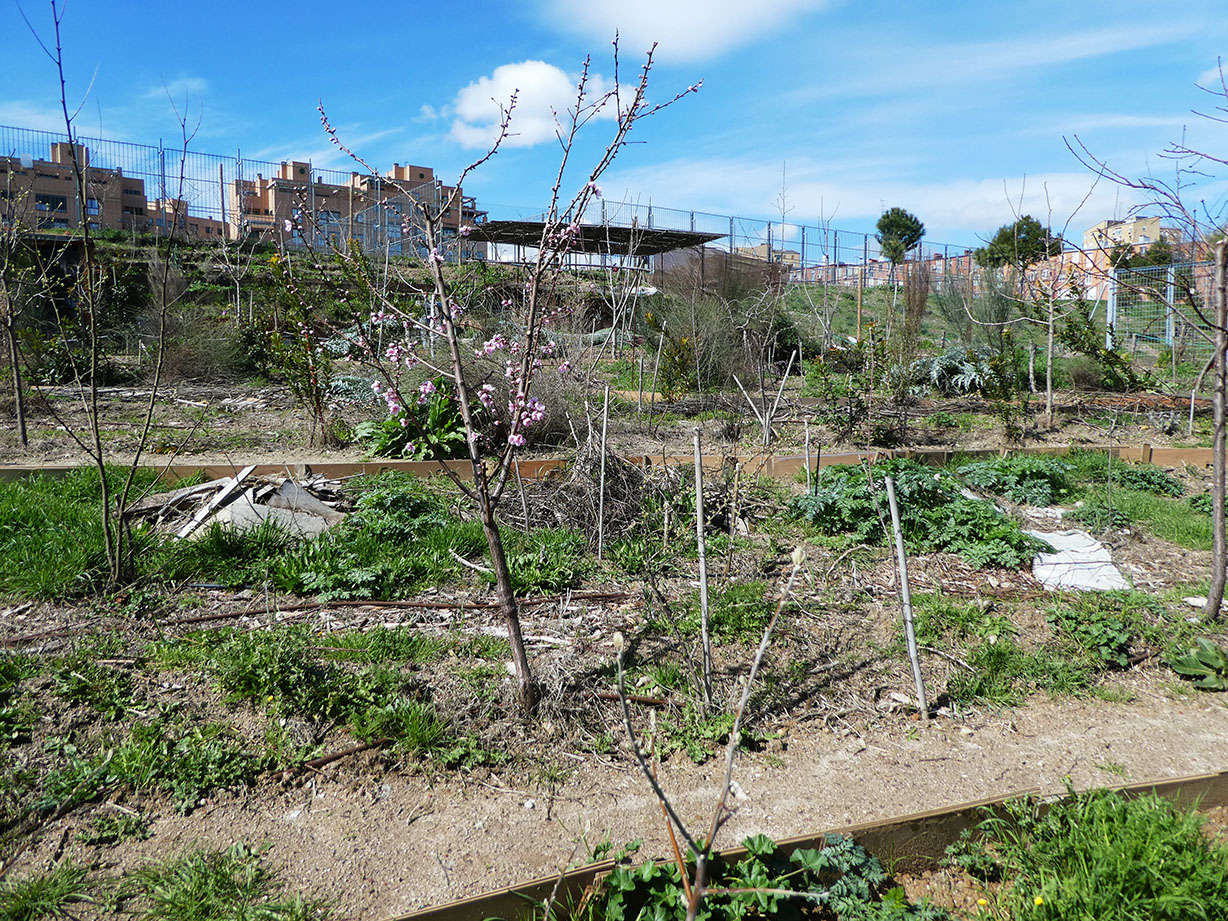
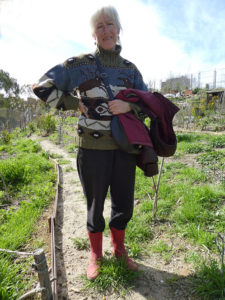
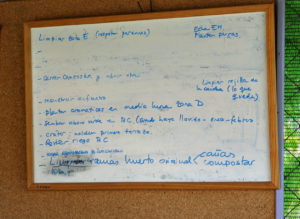

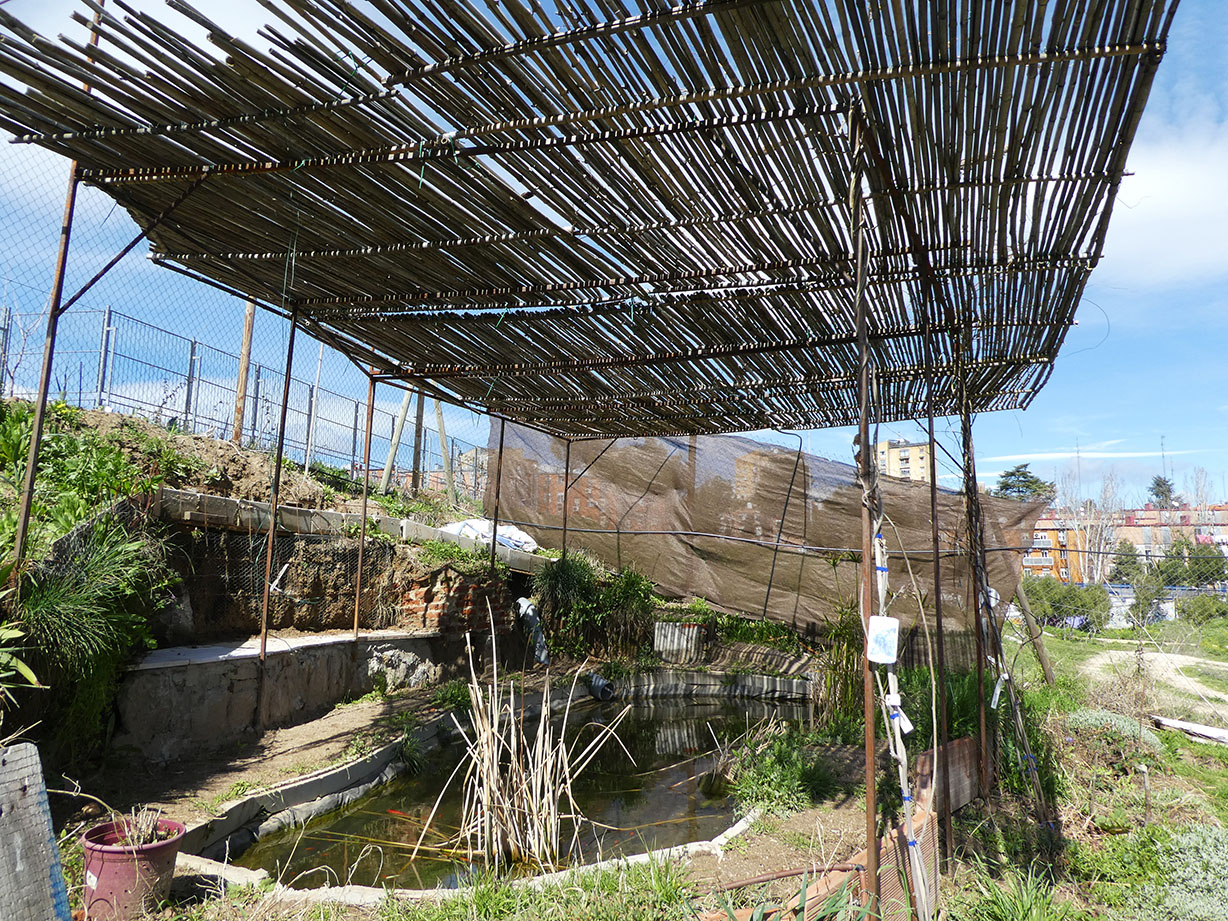
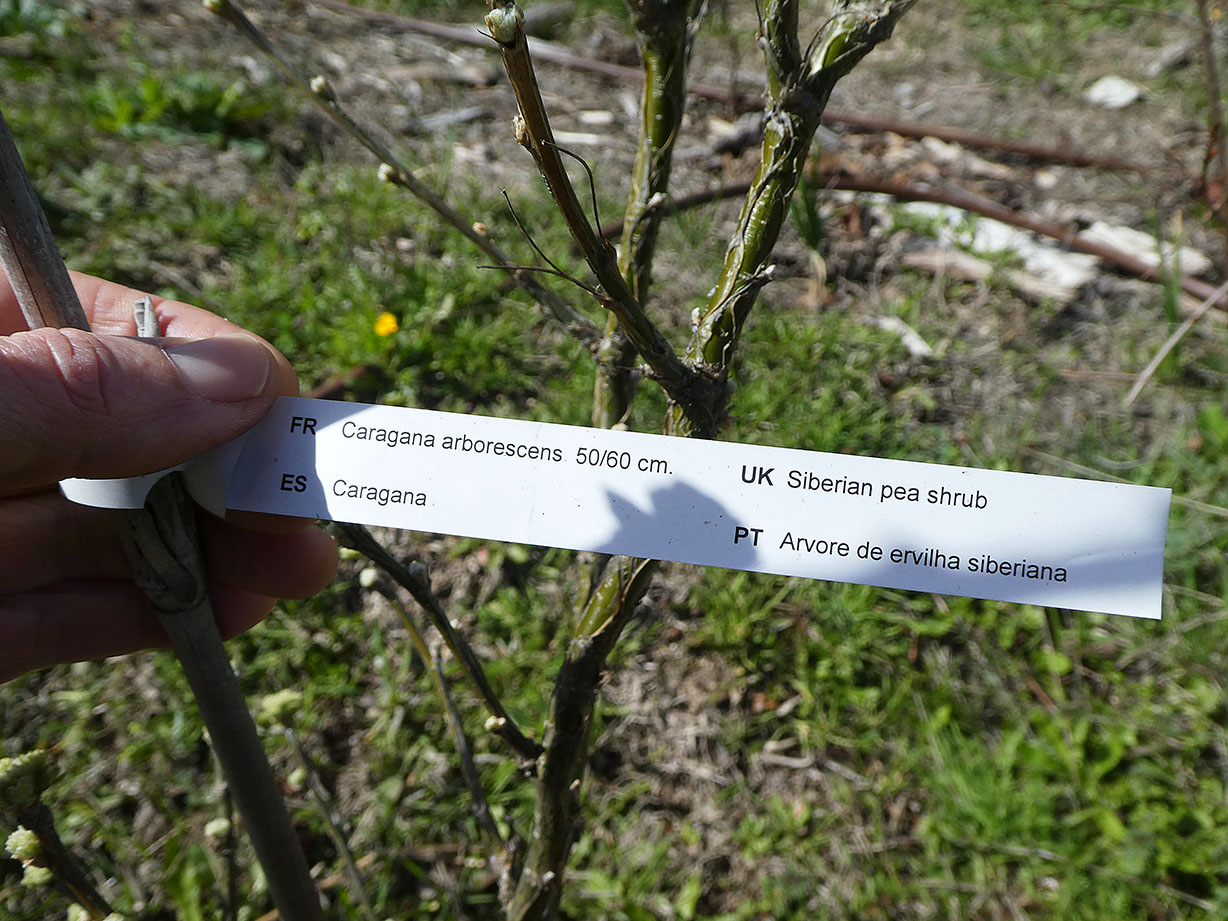
















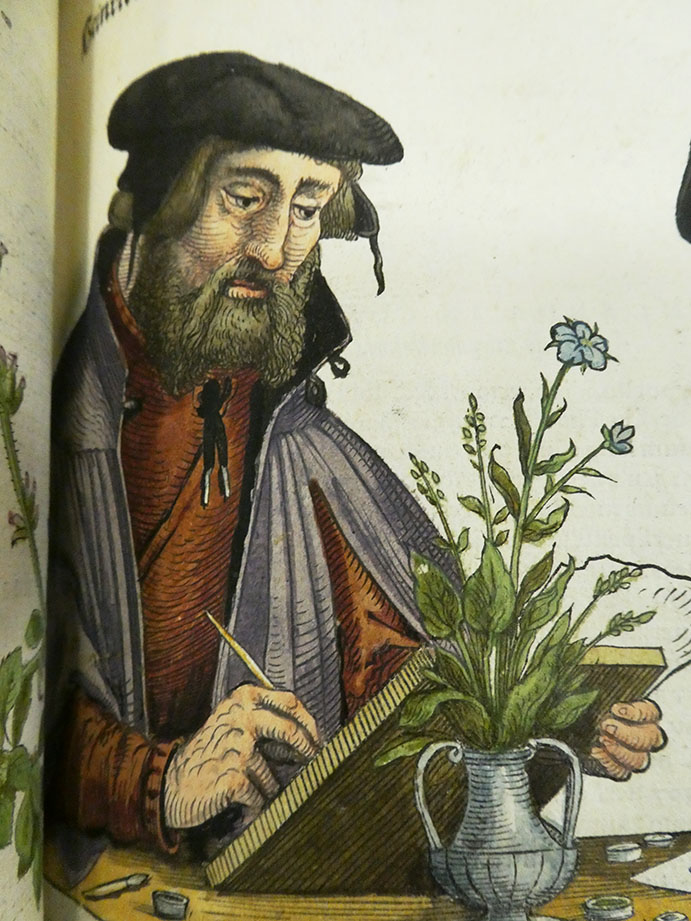 A place for study, information but also a treasure trove of ancient books on botany, this is the library of the Real Jardìn Botanico. Felix Alonso is the head of the library department – we already met when I stumbled into the offices on my very first visit to the garden – and we both enjoy our second encounter. As requested I had prepared some questions and the interview runs smoothly (in the process of editing).
A place for study, information but also a treasure trove of ancient books on botany, this is the library of the Real Jardìn Botanico. Felix Alonso is the head of the library department – we already met when I stumbled into the offices on my very first visit to the garden – and we both enjoy our second encounter. As requested I had prepared some questions and the interview runs smoothly (in the process of editing).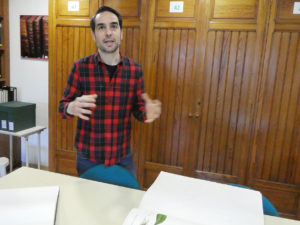

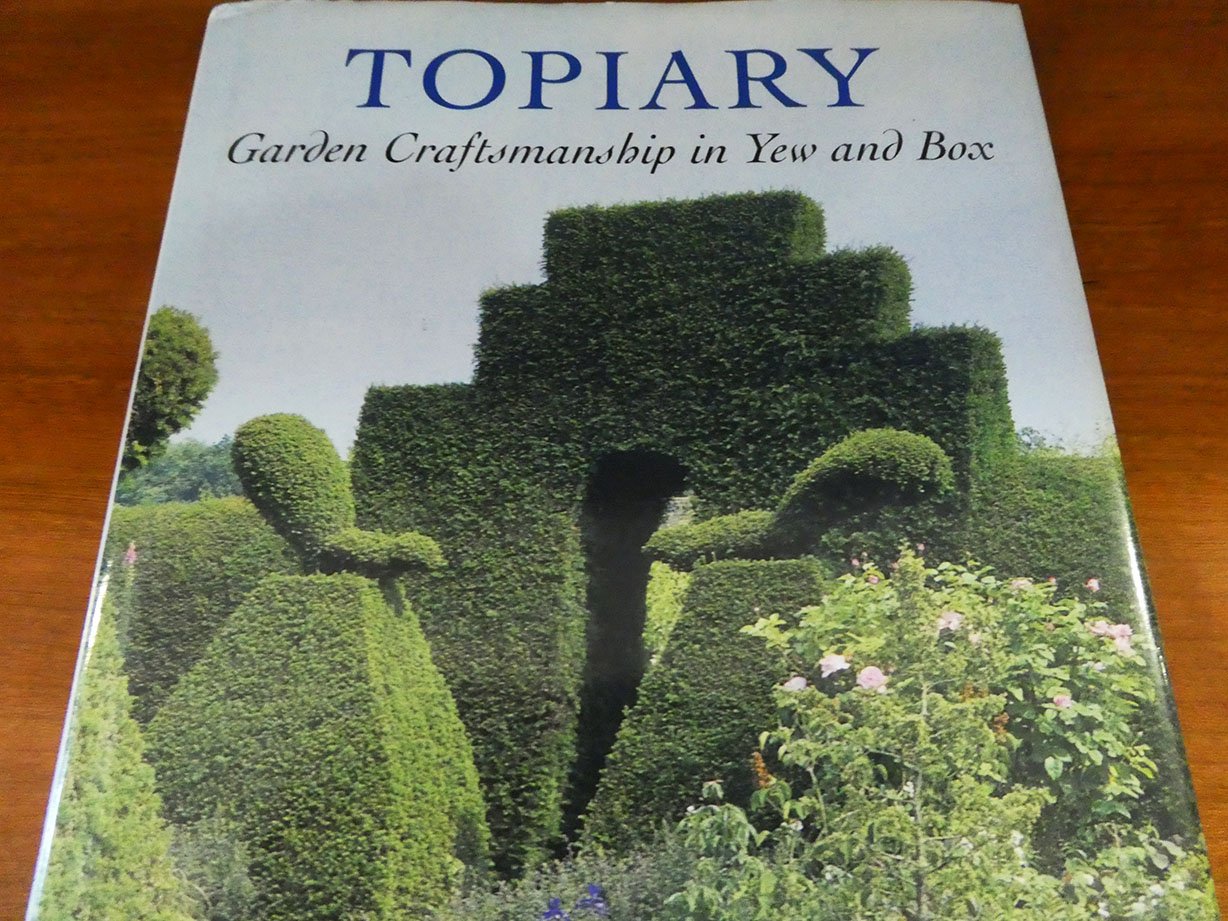
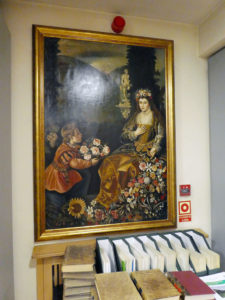
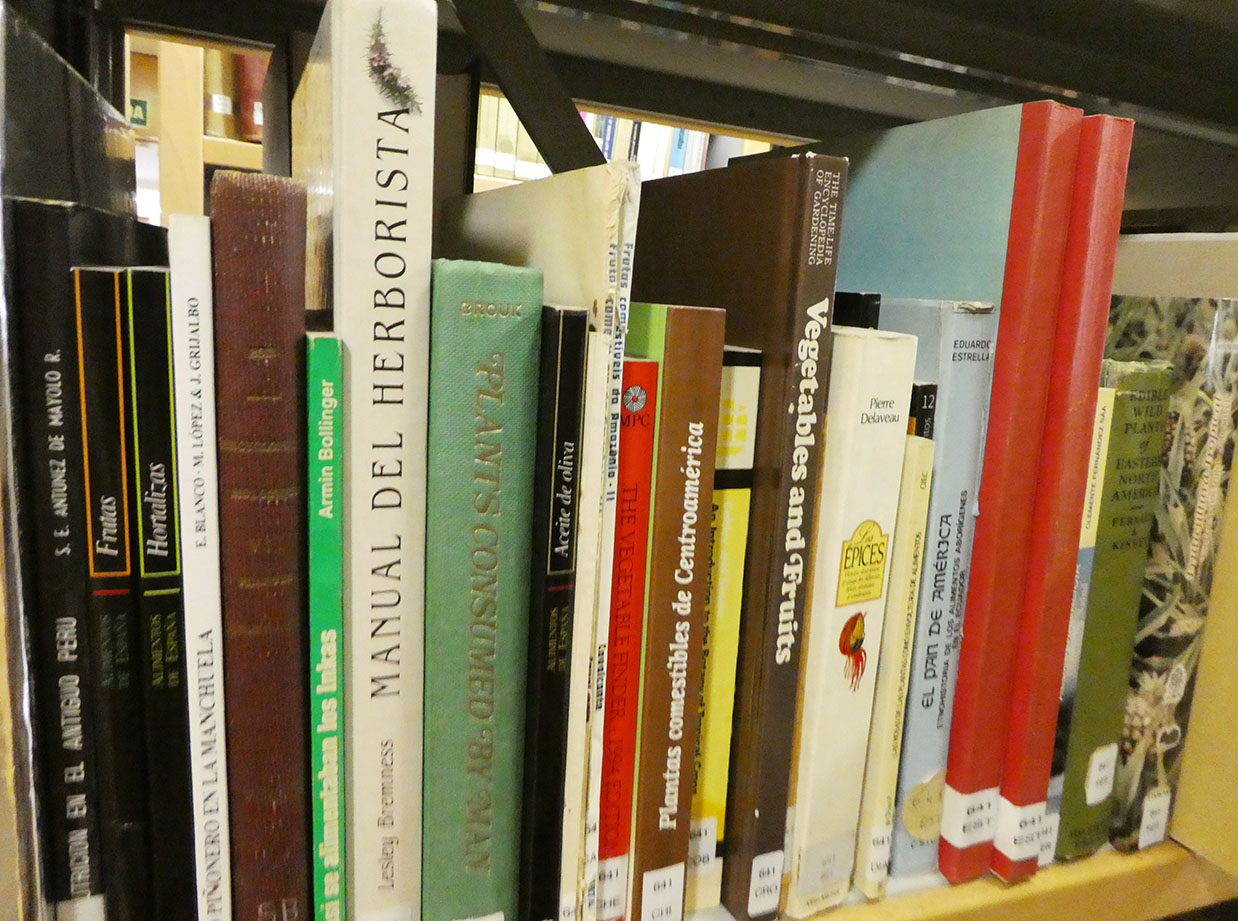
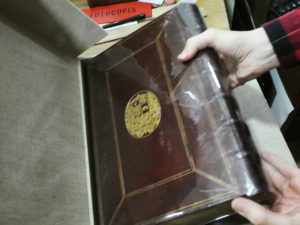















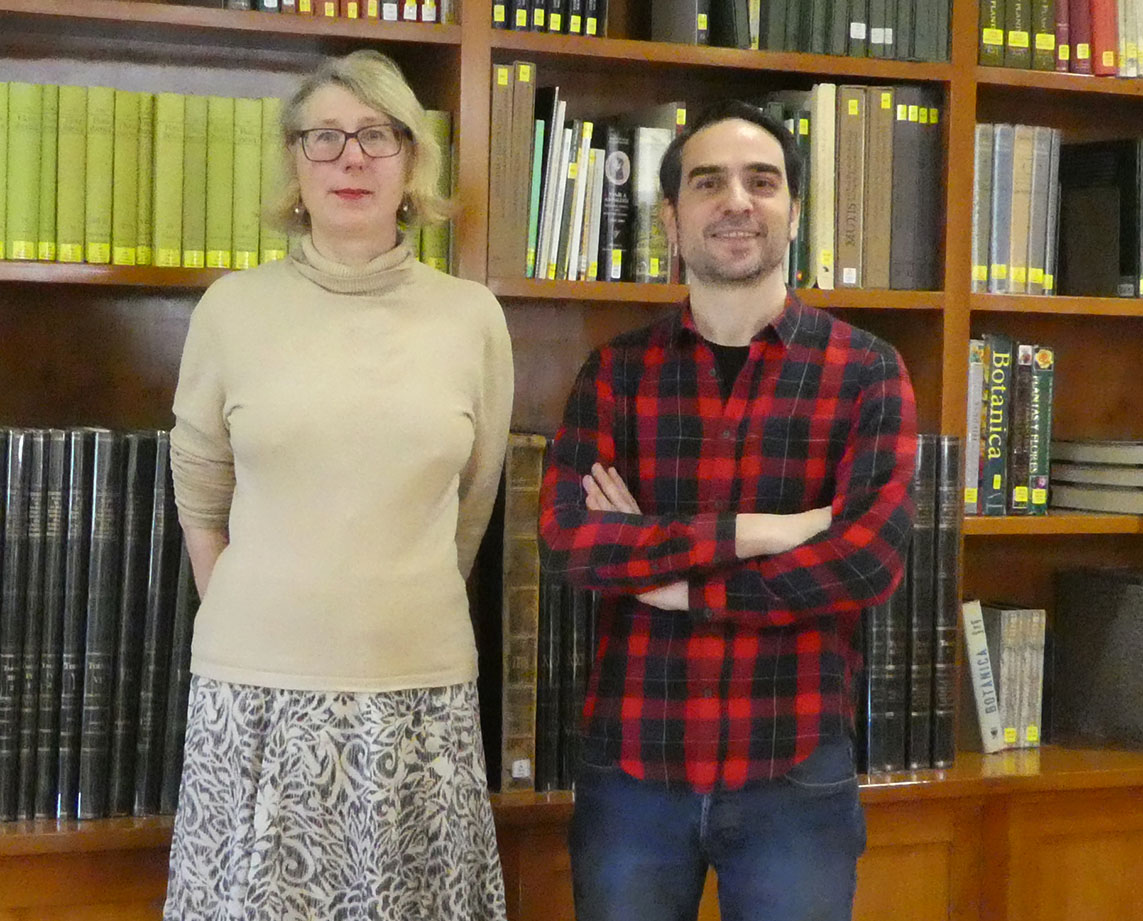
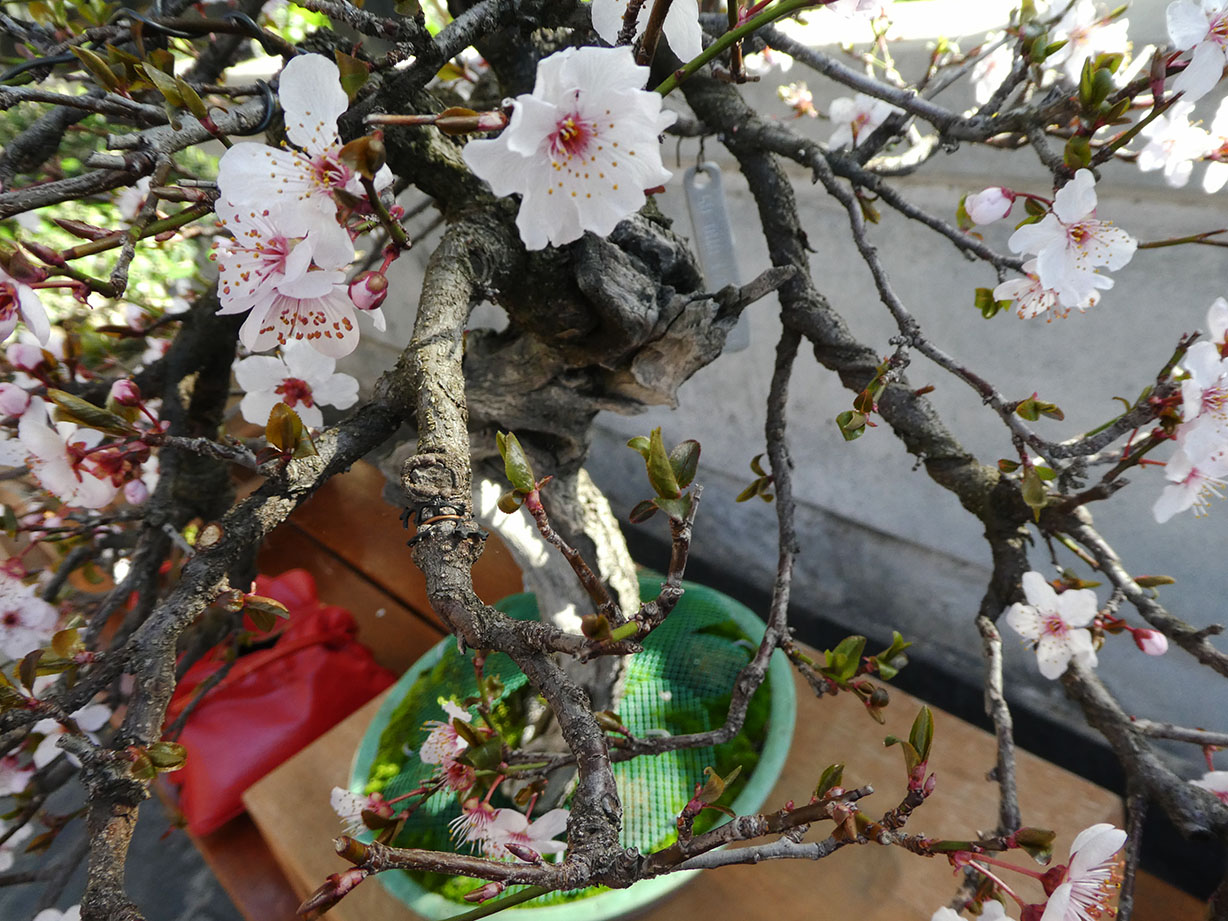
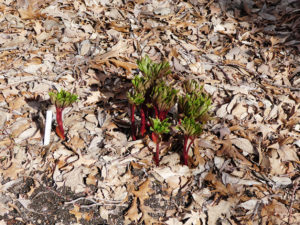
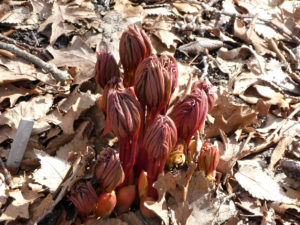
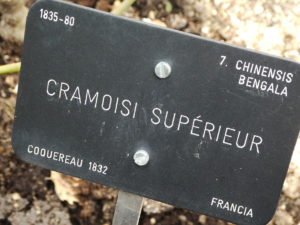
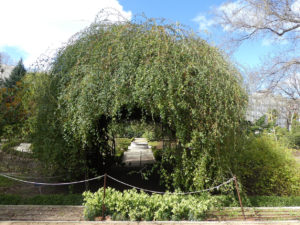
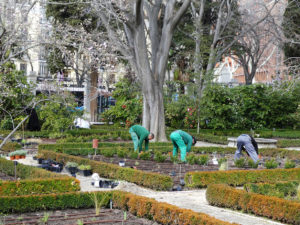


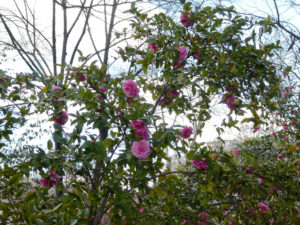

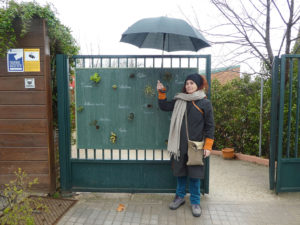
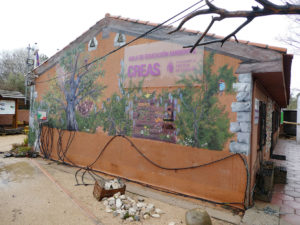
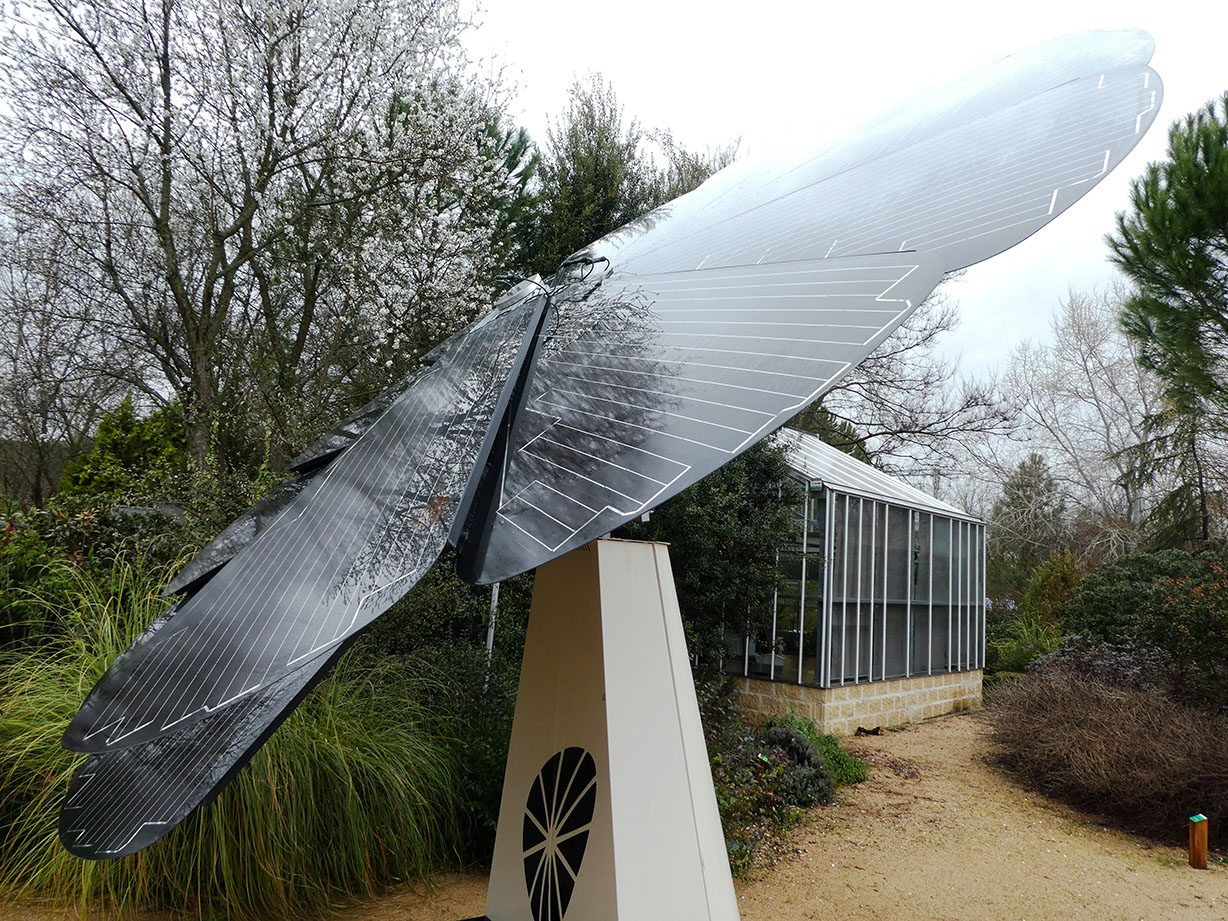




















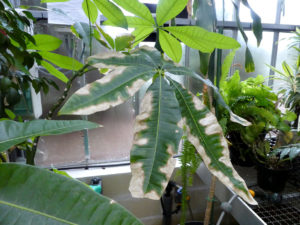
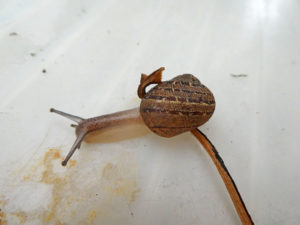
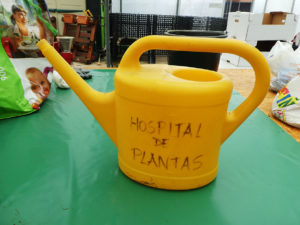
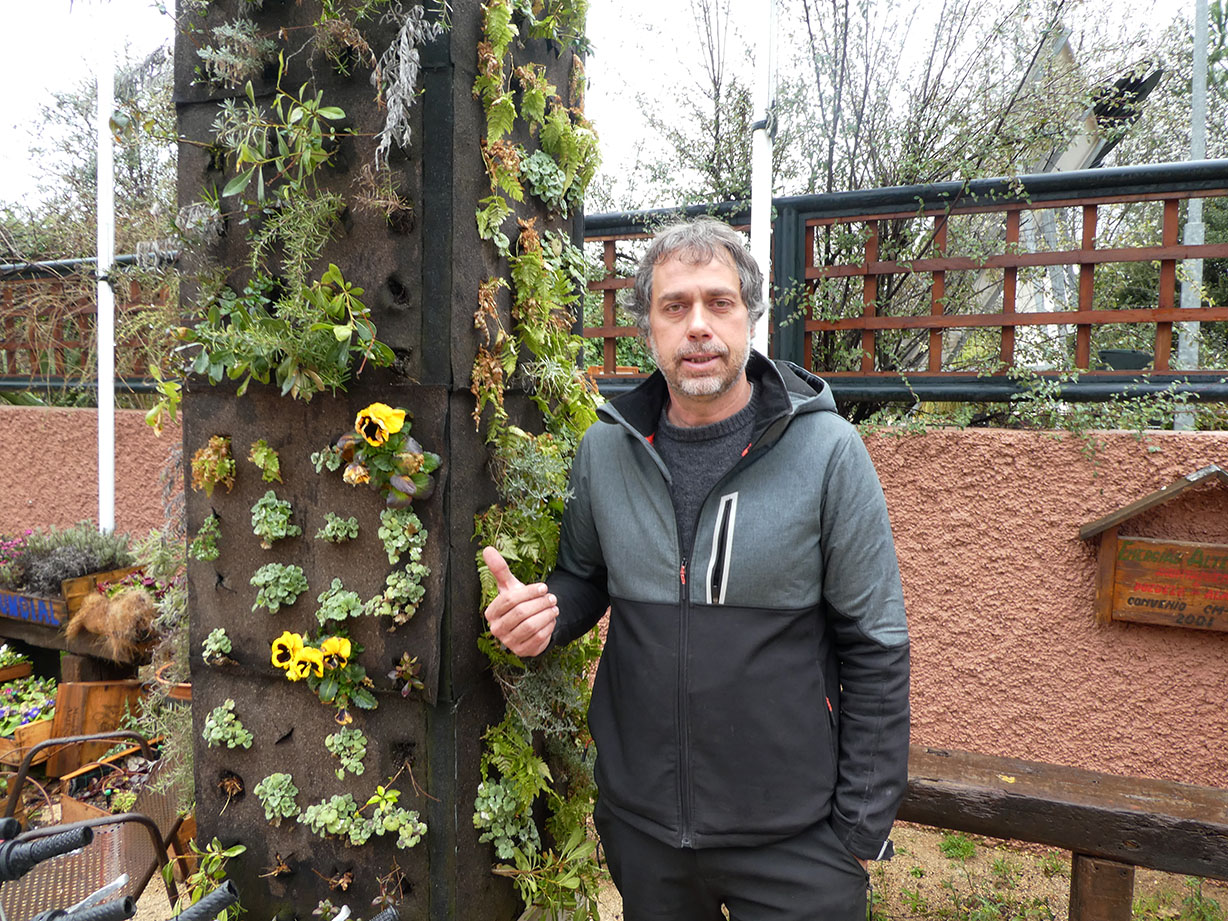
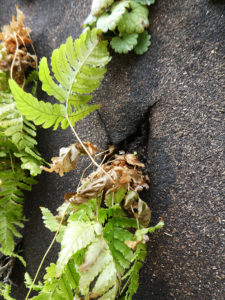
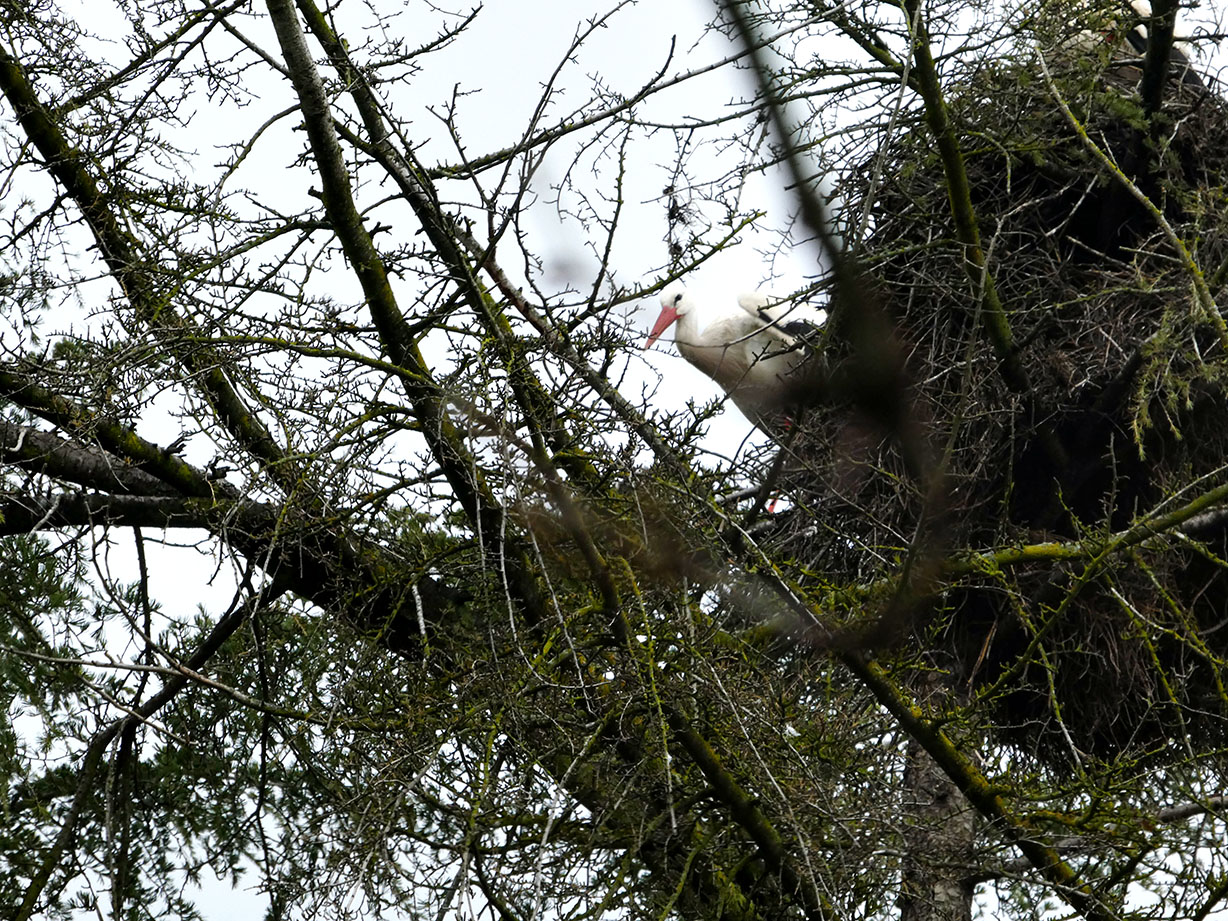
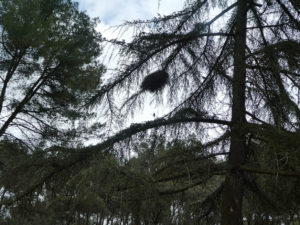
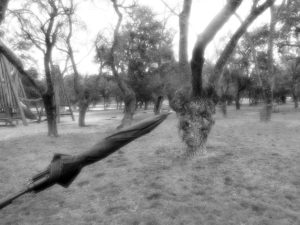
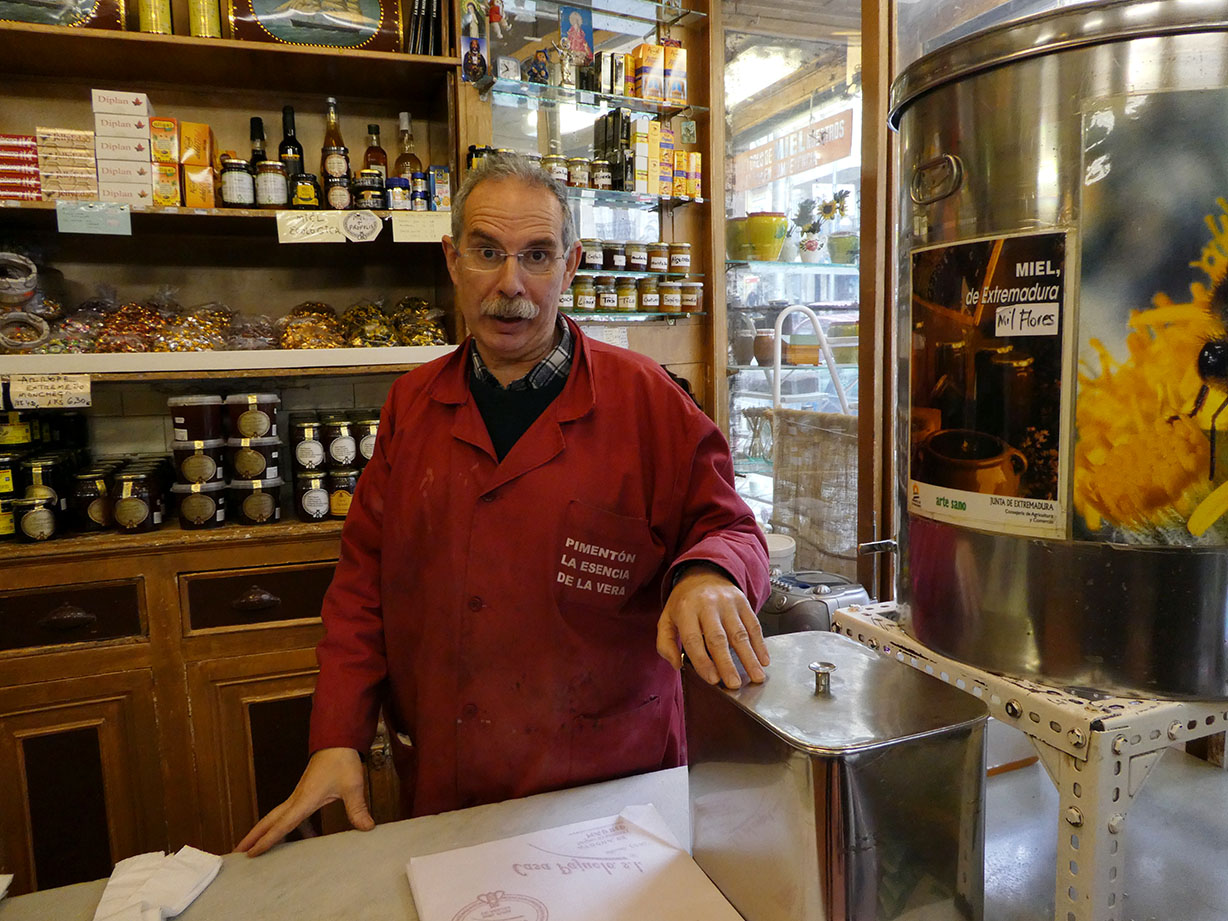 La Casa de la miel has been in the hands of his family ever since the shop was founded in 1946, its owner, Pedro Pajuelo, says. We are standing in front of the counter, a black board next to the door shows the different kinds of honeys sold here, a shiny bin with a giant bee printed on it decorate the counter as well as an old-fashioned scale made from white enamel.
La Casa de la miel has been in the hands of his family ever since the shop was founded in 1946, its owner, Pedro Pajuelo, says. We are standing in front of the counter, a black board next to the door shows the different kinds of honeys sold here, a shiny bin with a giant bee printed on it decorate the counter as well as an old-fashioned scale made from white enamel.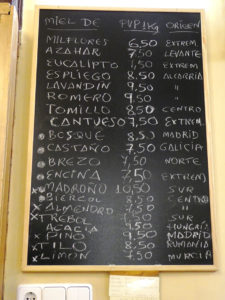
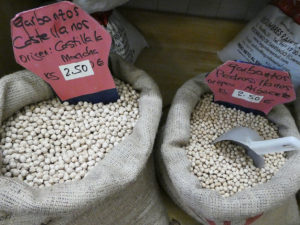
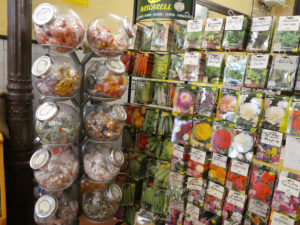
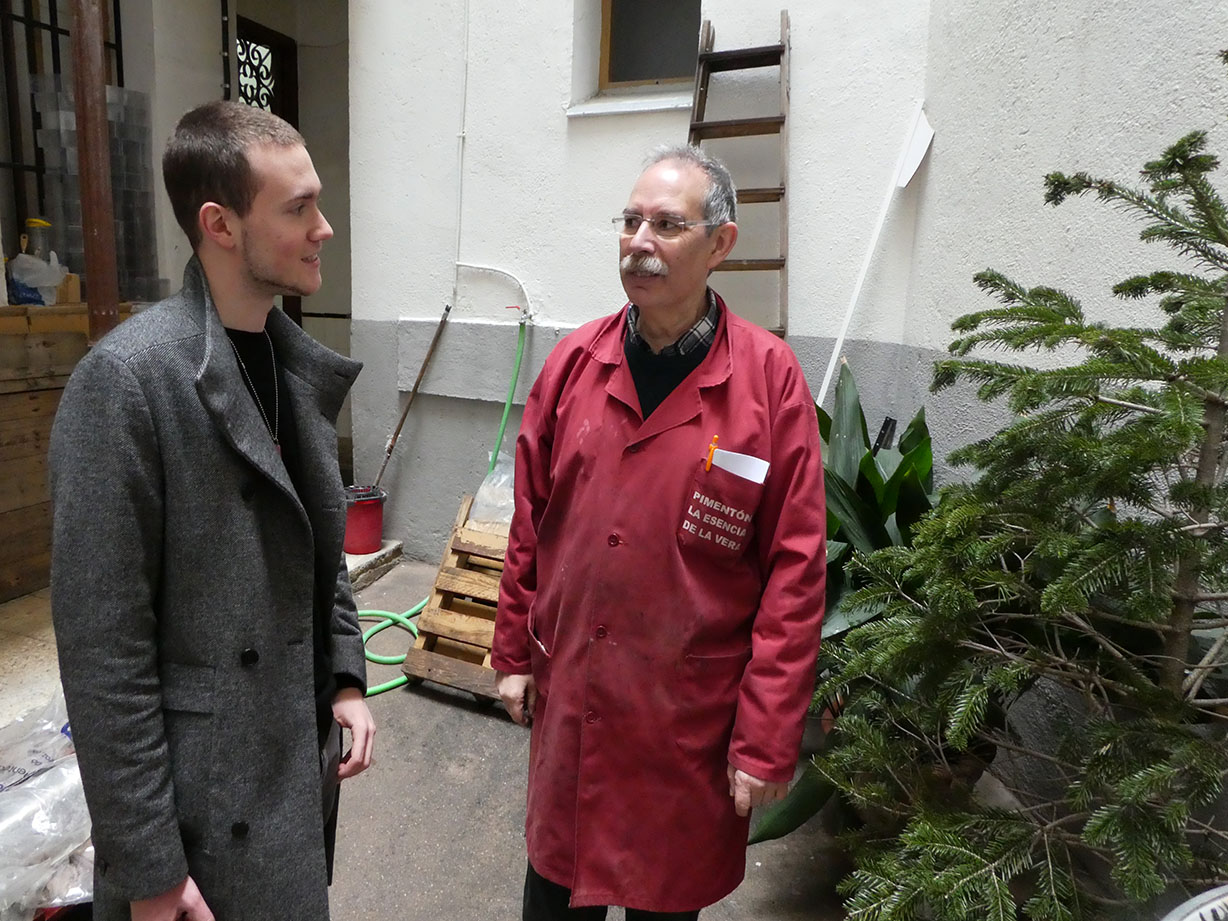








 Here’s a very quick update on what is happening in Madrid with Datscha Radio – and an diary of how I spent my day so far.
Here’s a very quick update on what is happening in Madrid with Datscha Radio – and an diary of how I spent my day so far.